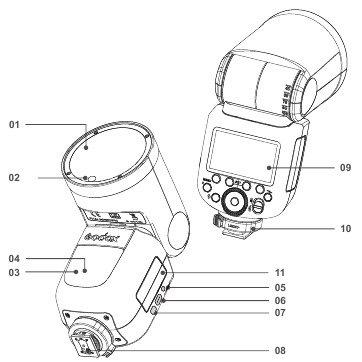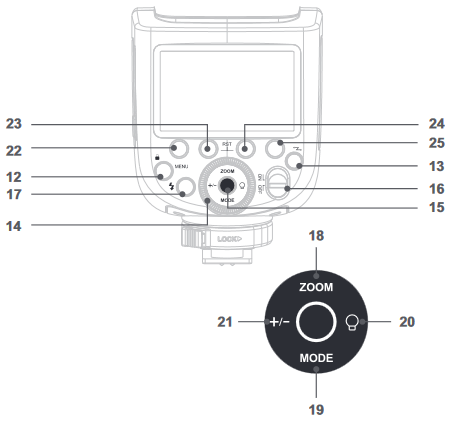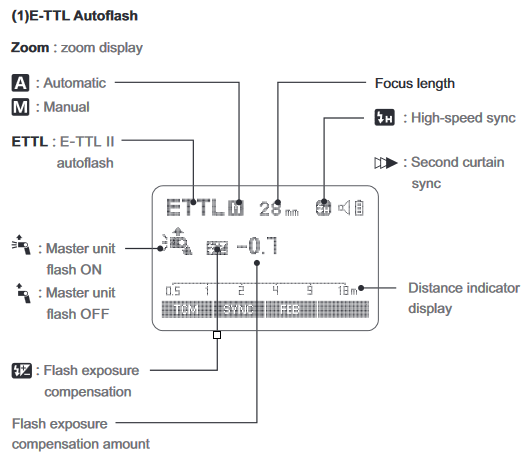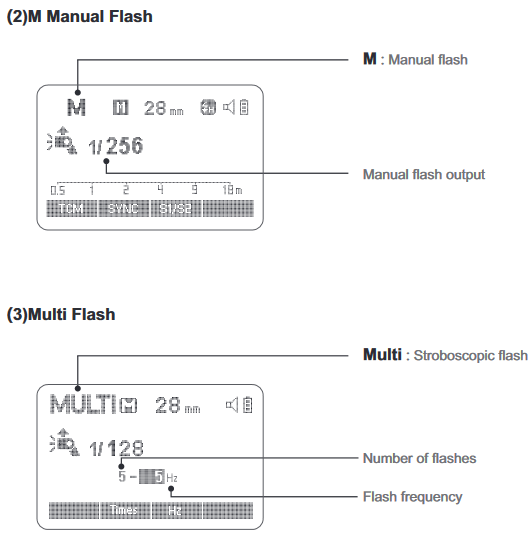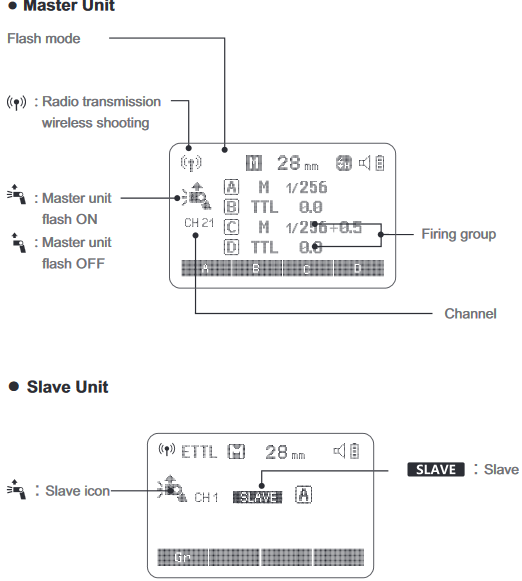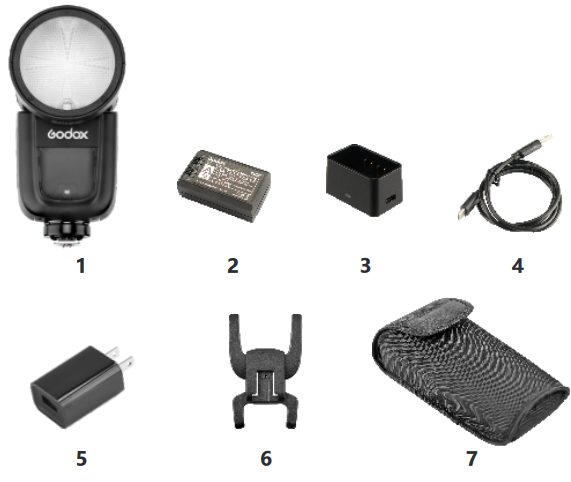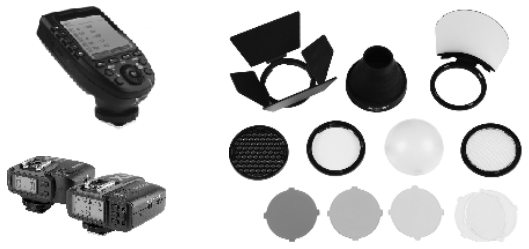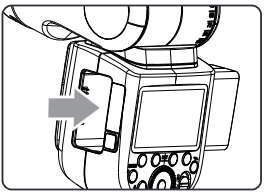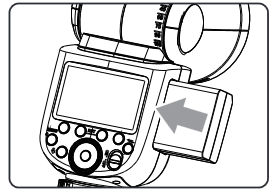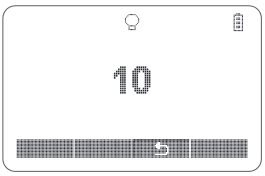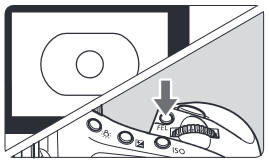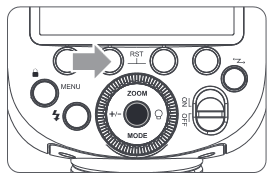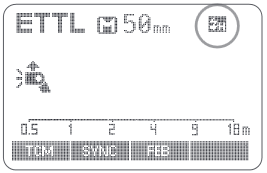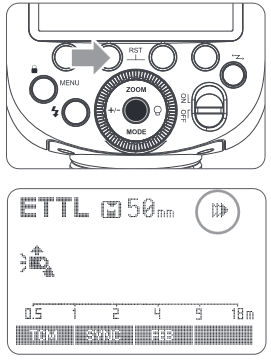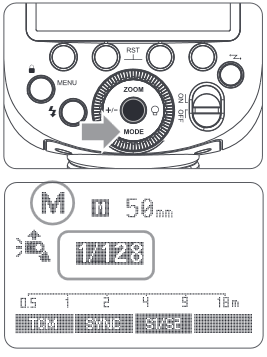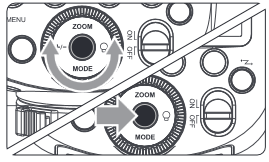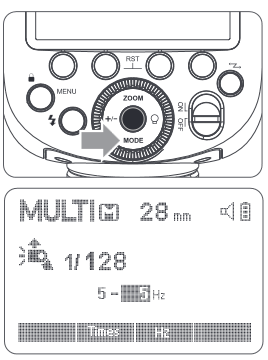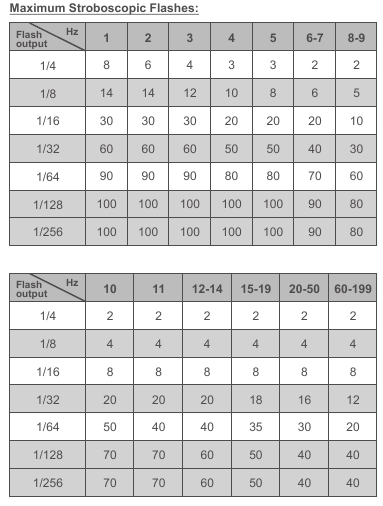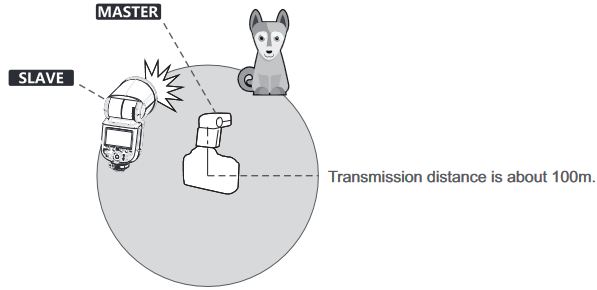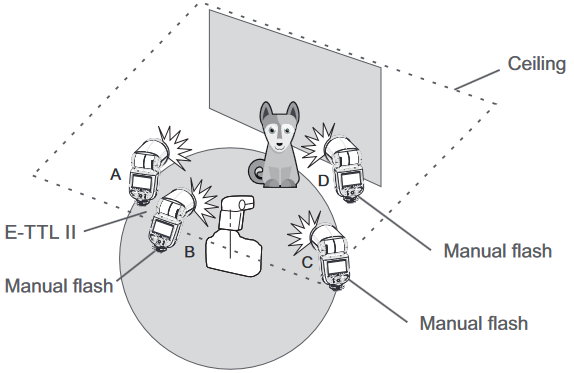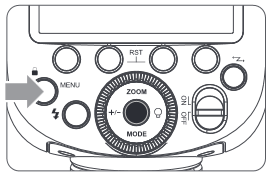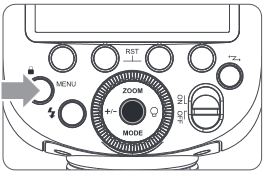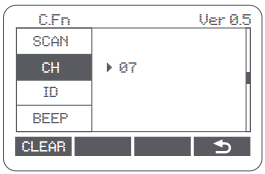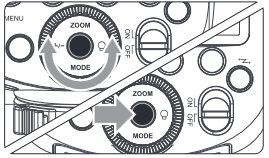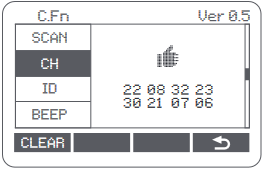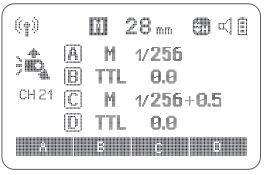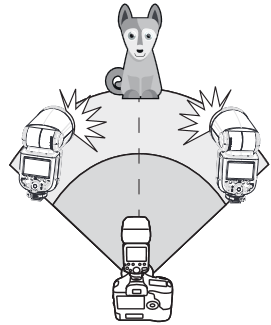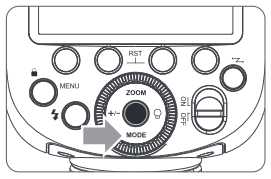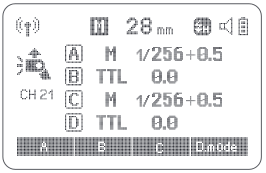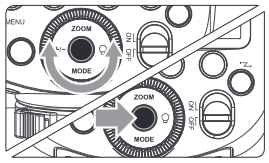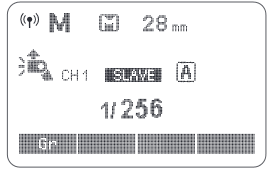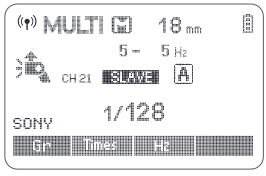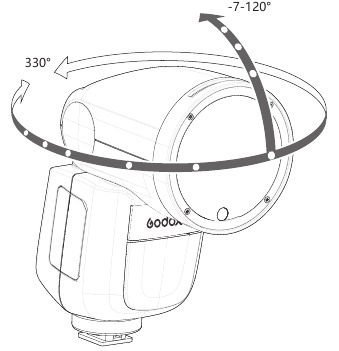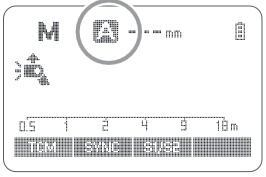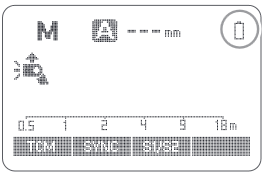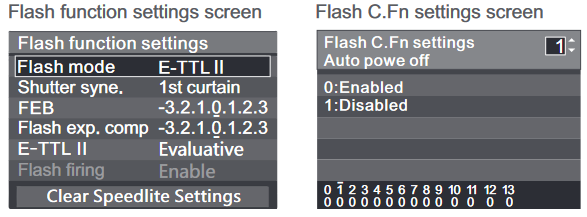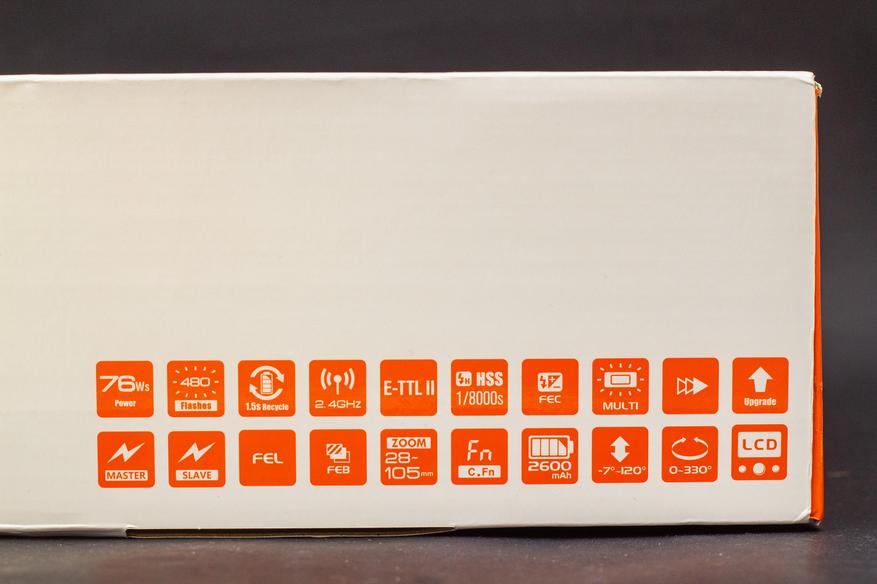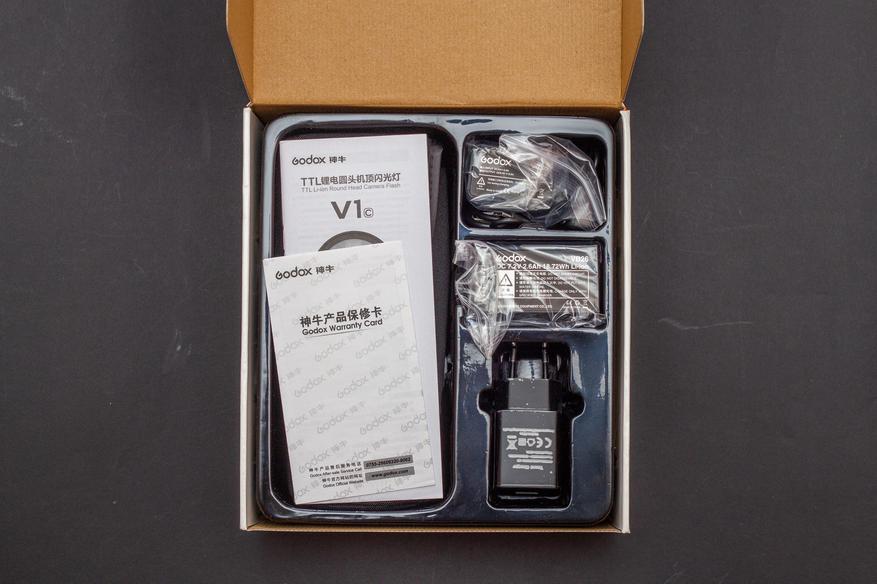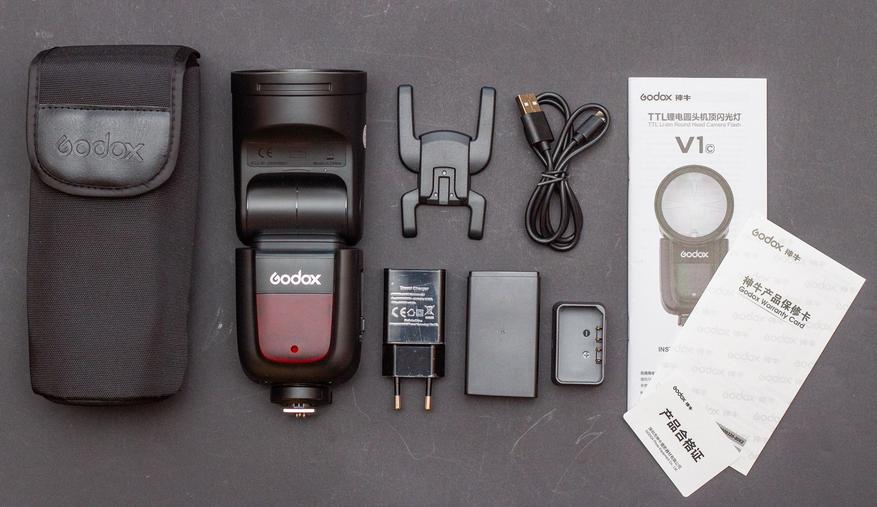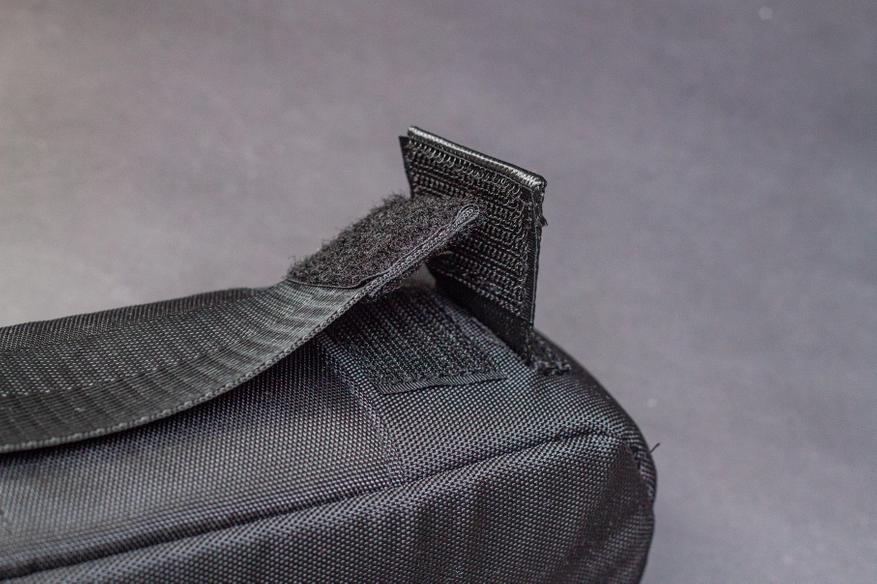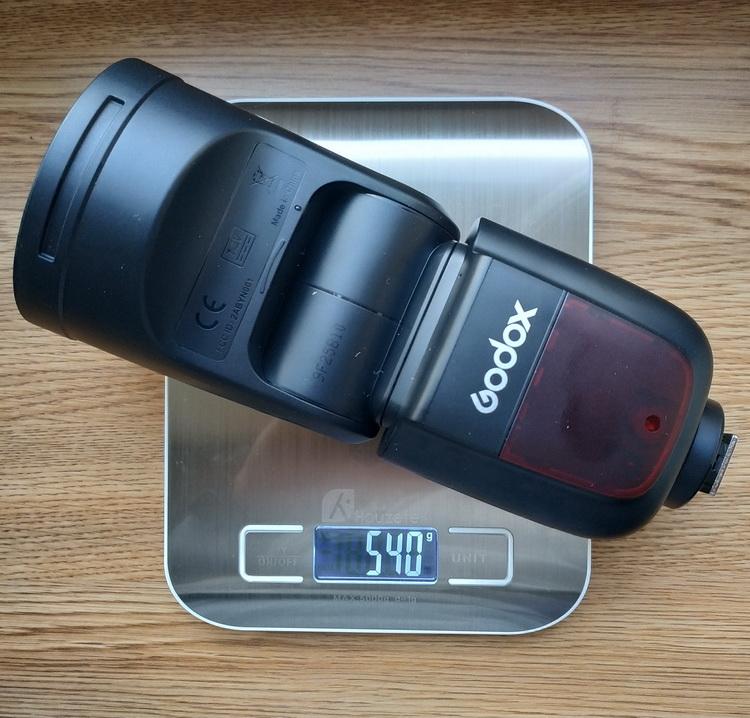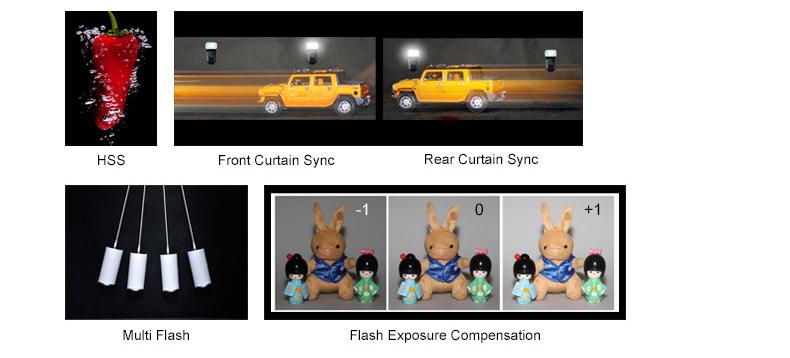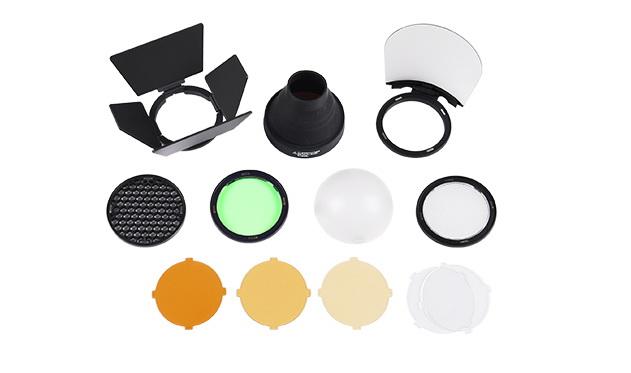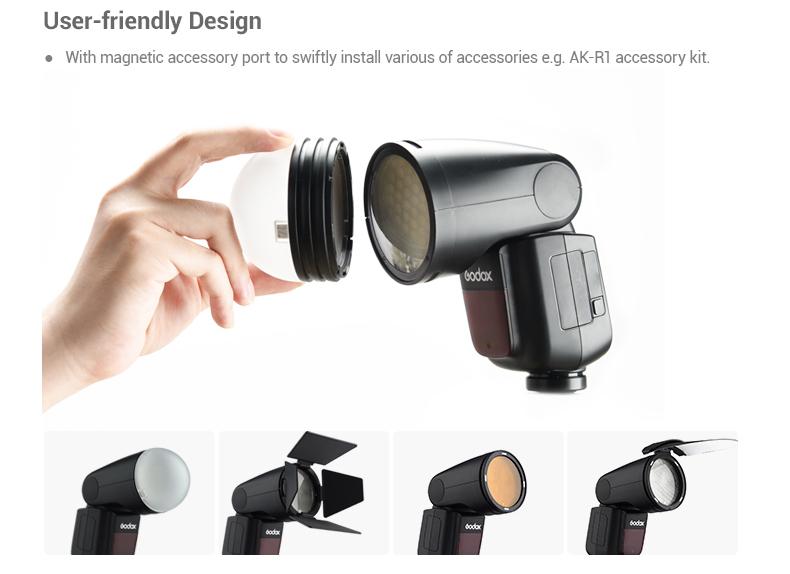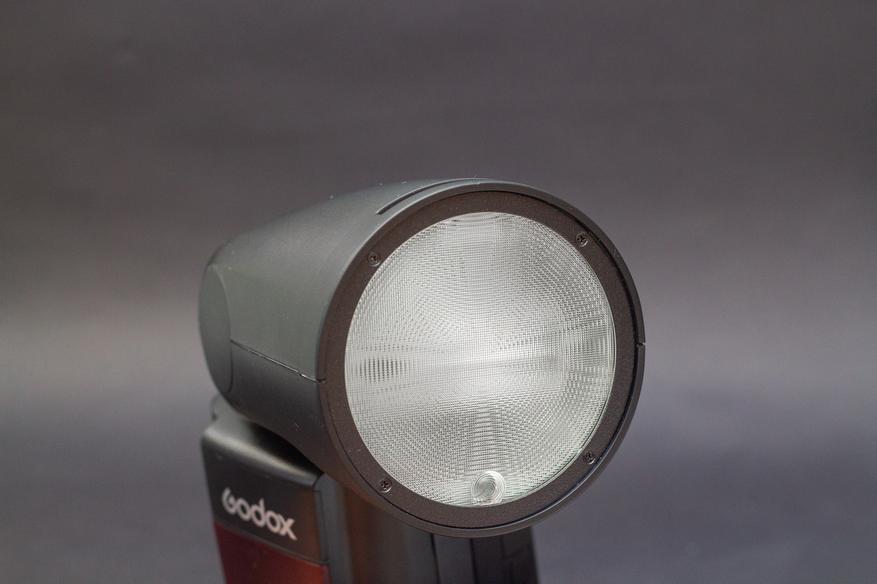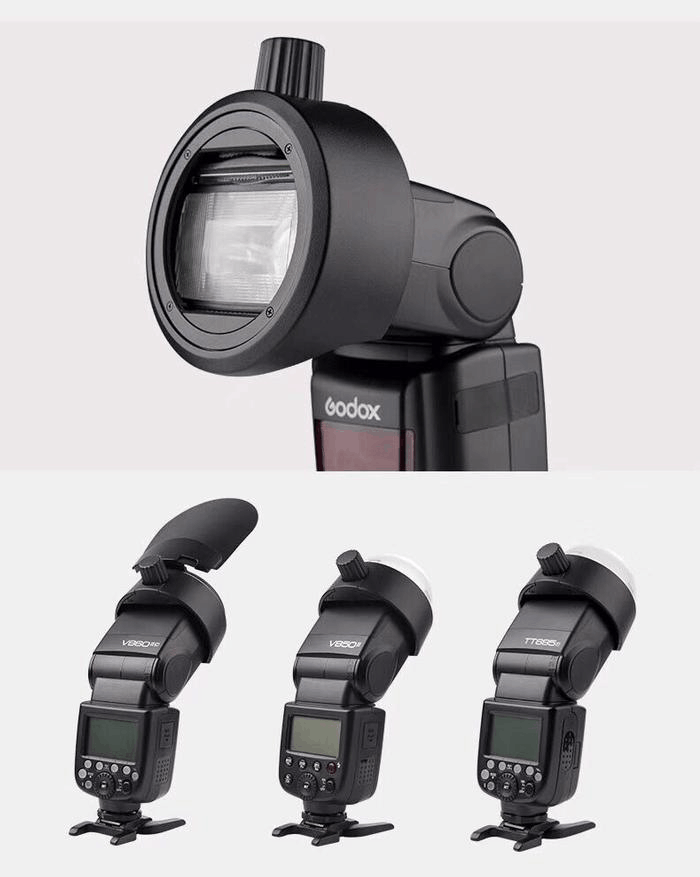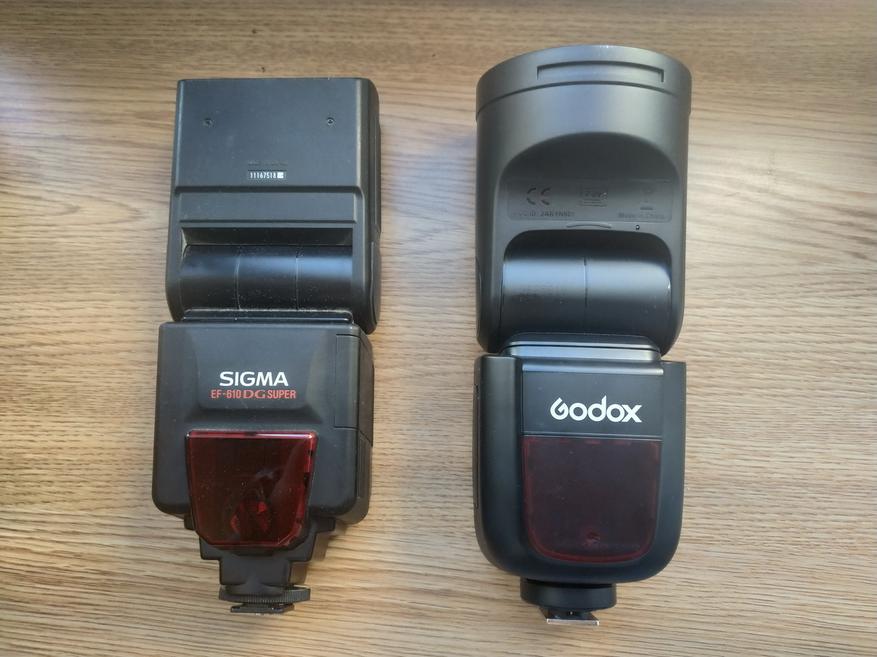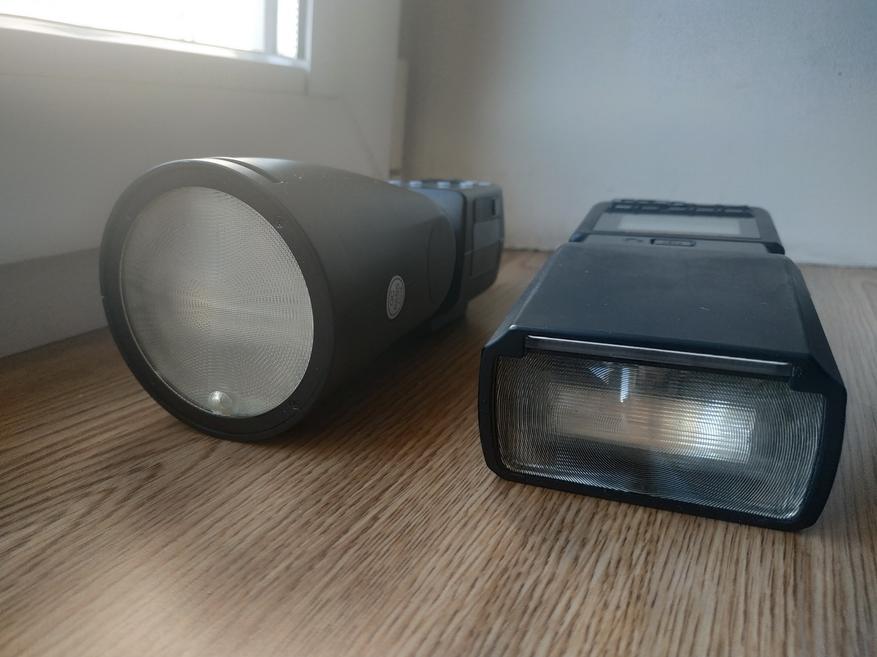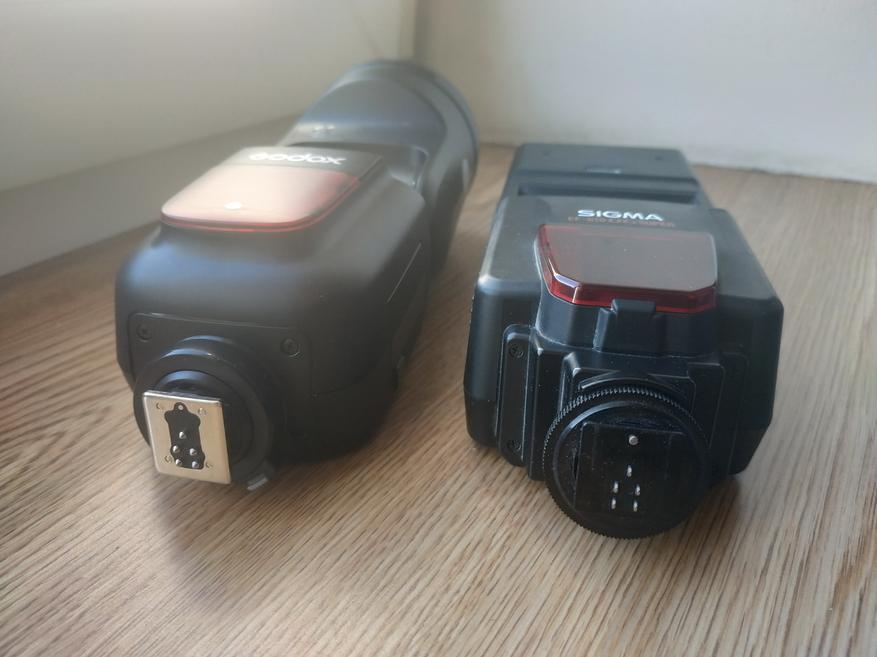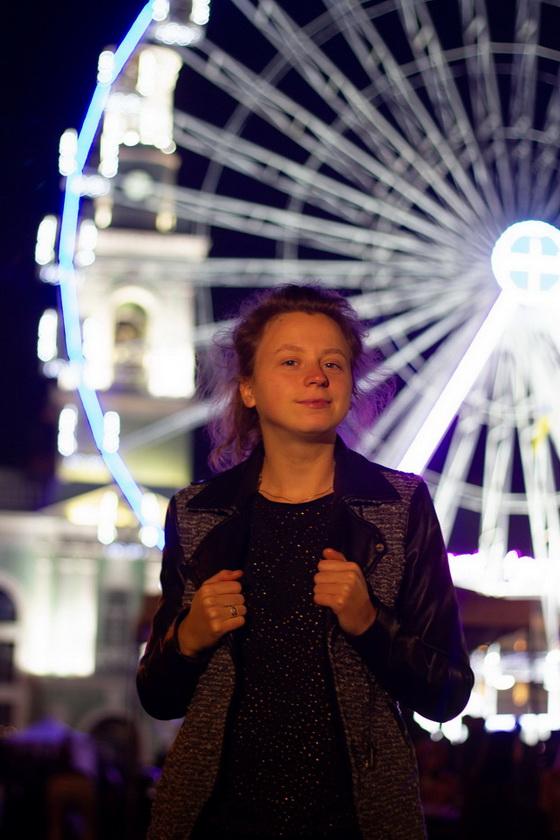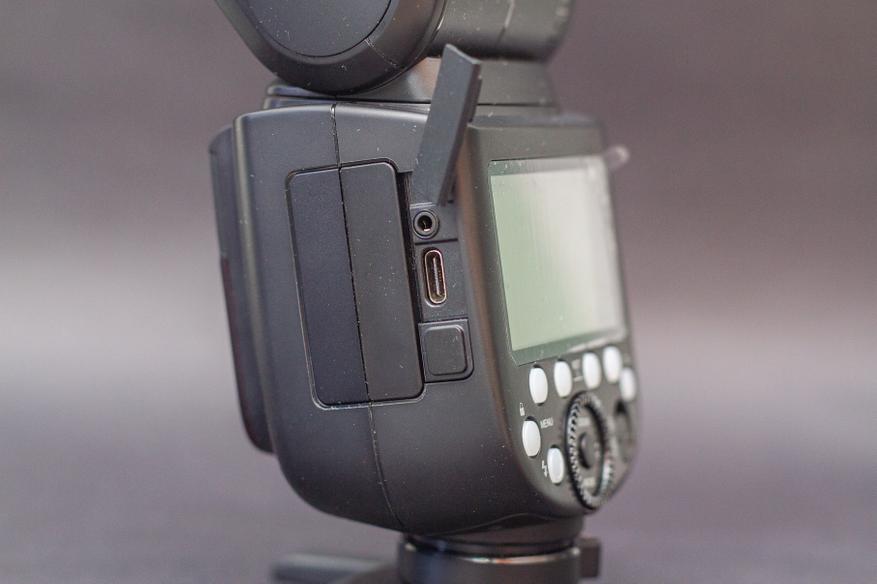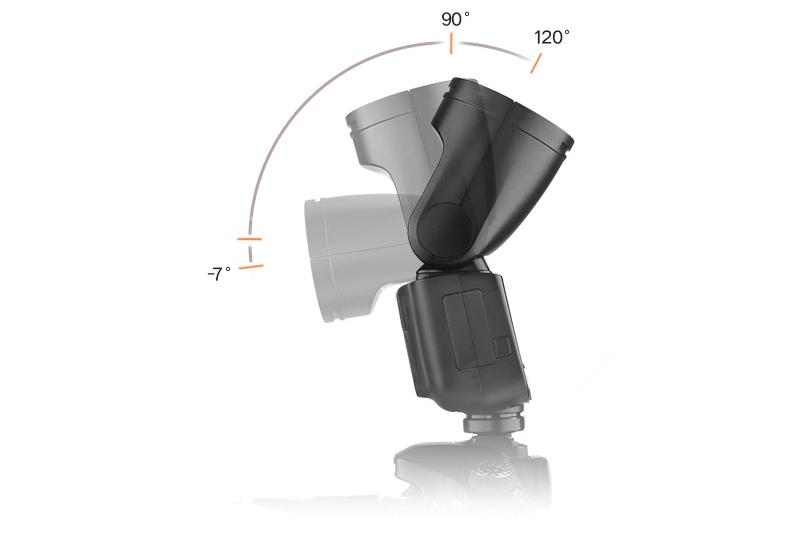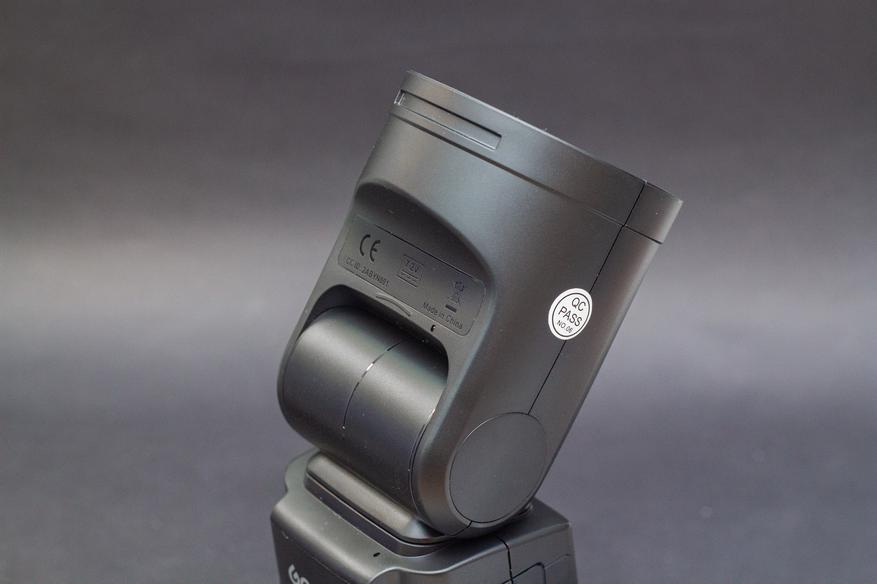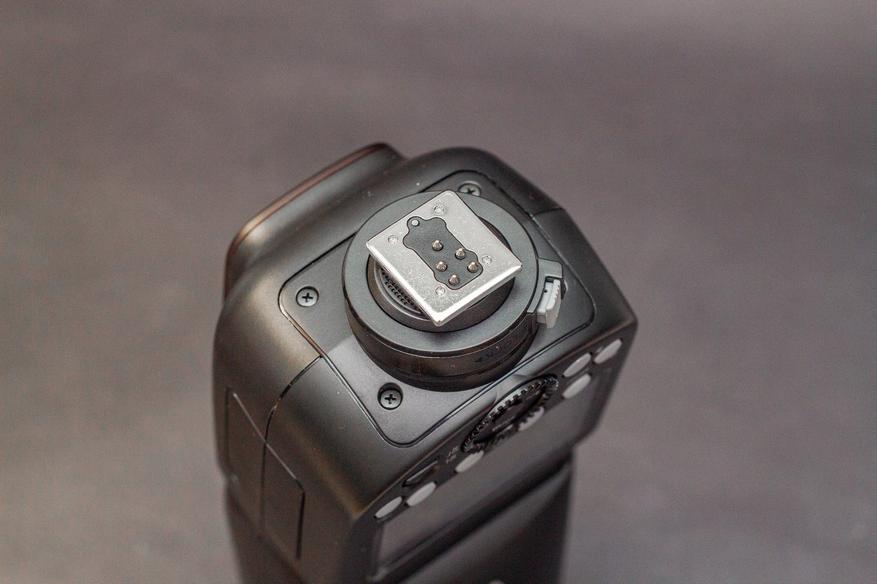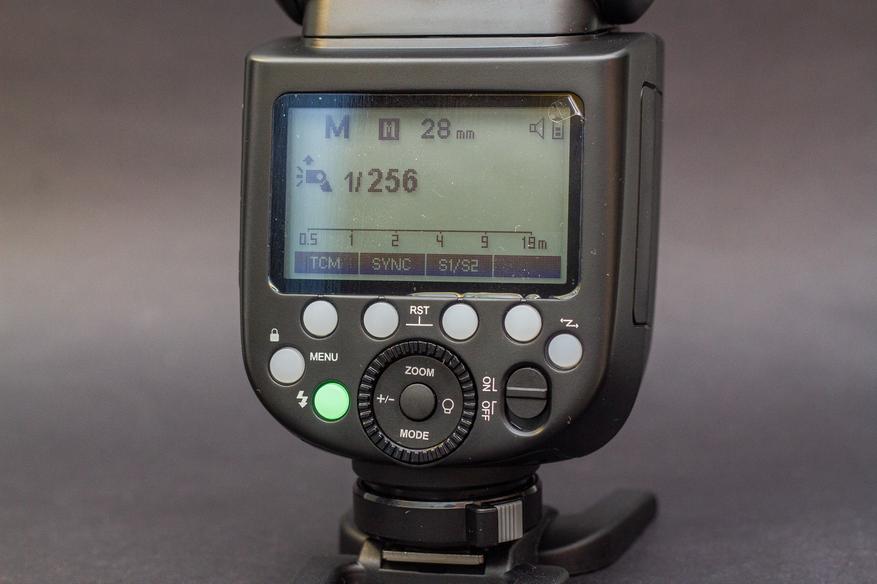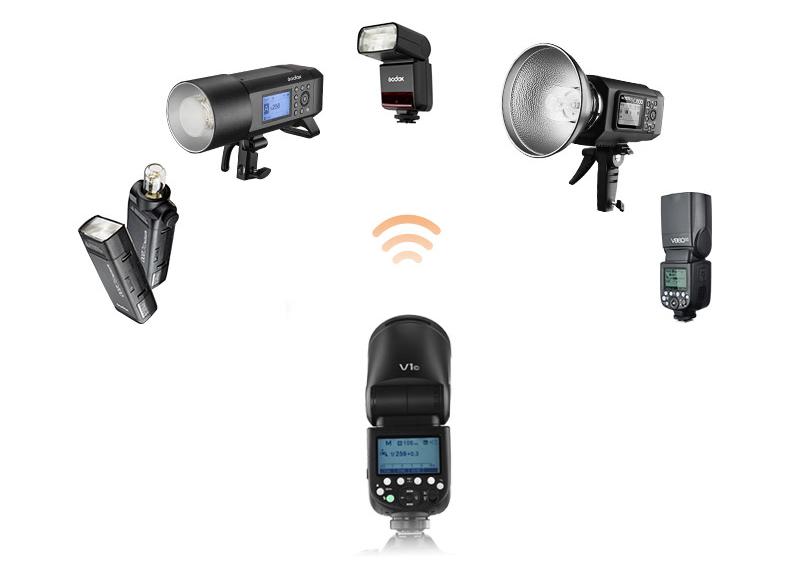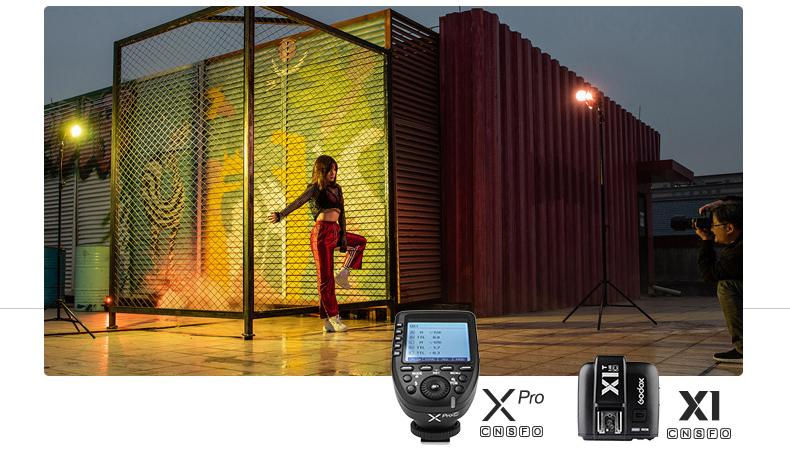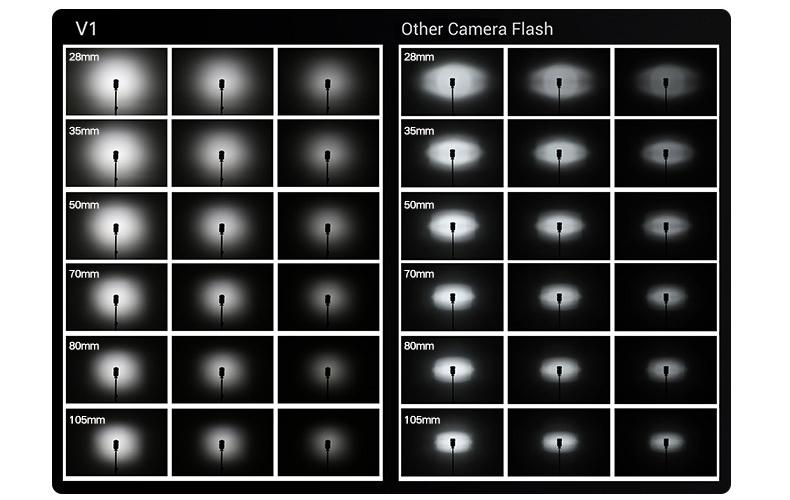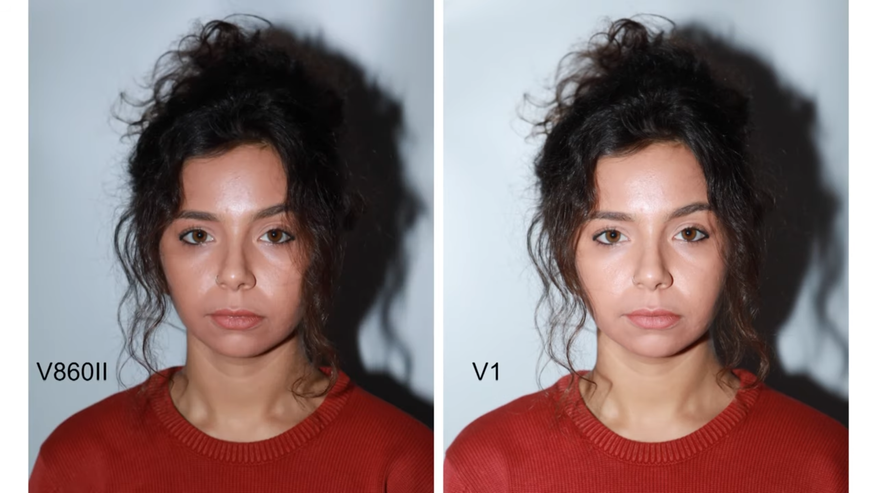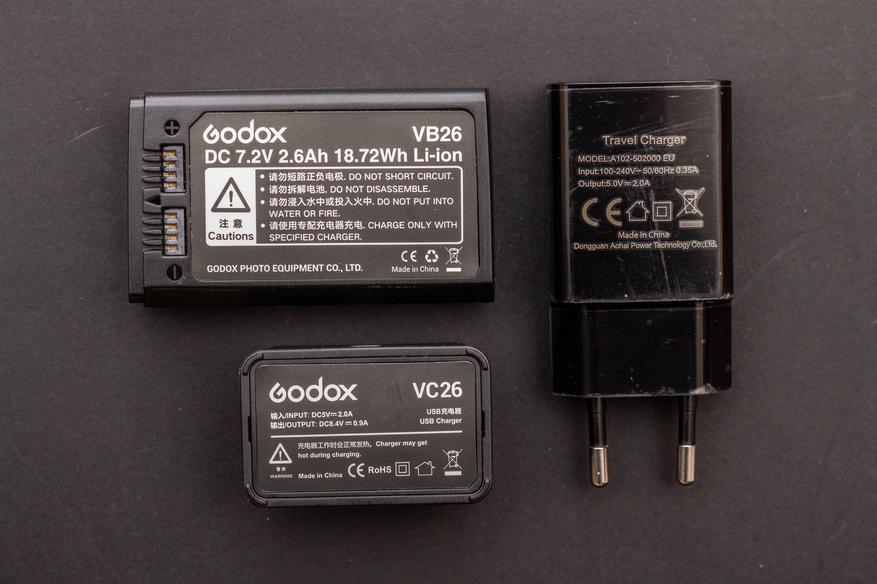Godox V1 TTL Li-ion Round Head Camera Flash Manual
Foreword
Thank you for purchasing this product.
This V1C camera flash applies to Canon EOS series cameras and is compatible with E-TTL II autoflash. With this E-TTL II compatible flash, your shooting will become simpler. You can easily achieve a correct flash exposure even in complex light-changing environments. This camera flash features:
- With round flash head to achieve soft, even and more creative light effects. It has a 2W LED modeling lamp, which can be used off the camera.
- 76Ws power output at the max step. 81 steps from 1/1 to 1/128.
- Pro 2 00mAh Li-ion Battery- 6 max.1.5s recycle- 480 full power pops.
- Fully support Canon E-TTL II camera flash. Workable as Master or Slave unit in a wireless flash group.
- Use dot-matrix LCD panel to make clear and convenient operations.
- With built-in 2.4GHz wireless remote system to support transmitting and receiving.
- Provided multiple functions, include HSS (up to 1/8000s), FEC, FEB, etc.
- Stable consistency and color temperature with good even lighting.
- Support with firmware upgrade.
Warning
Always keep this product dry. Do not use in rain or in damp conditions.
Do not disassemble. Should repairs become necessary, this product must be sent to an authorized maintenance center.
Keep out of reach of children.
Stop using this product if it breaks open due to extrusion, falling or strong hit. Otherwise, electric shock may occur if you touch the electronic parts inside it.
Do not fire the flash directly into the eyes (especially those of babies) within short distances. Otherwise visual impairment may occur.
Do not use the flash unit in the presence of flammable gases, chemicals and other similar materials. In certain circumstance, these materials may be sensitive to the strong light emitting from this flash unit and fire or electromagnetic interference may result.
Do not leave or store the flash unit if the ambient temperature reads over 50℃. Otherwise the electronic parts may be damaged.
Turn off the flash unit immediately in the event of malfunction.
Conventions used in this Manual
Name of Parts
Body
- Flash Head
- LED Modeling Lamp(01~10)
- Wireless Sensor
- Focus Assist Beam
- Sync Cord Jack
- Type-C USB Port
- Battery Remove Button
- Hotshoe
- LCD Panel
- Hotshoe Fixing Buckle
- Lithium Battery
Control Panel
- <MENU>Flash Menu Button/Locking Button
- <
>Wireless Selection Button
- Select Dial
- Set Button
- ON/OFF Power Switch
- <
> Test Button / Flash Ready Indicator
- <ZOOM> Focus Lengthм Setting
- <MODE>Mode Selection Button
- <
>Modeling Lamp Setting
- <+/->Power Output
- Function Button 1
- Function Button 2
- Function Button 3
- Function Button 4
LCD Panel
- The display will only show the settings currently applied.
- The functions displayed above function buttons 1 to 4, such as SYNC and <A/B/C/D>, change according to settings’ status.
- When a button or dial is operated, the LCD panel illuminated.
LCD Panel in Three Modes
What’s in the Box of V1C Kit?
- Flash Unit
- Lithium Battery
- USB Battery Charger
- USB Line
- Charger
- Mini Stand
- Protection Case
- Instruction Manual
Separately Sold Accessories
The product can be used in combination with the following accessories sold separately, so as to achieve best photography effects: XProC & X1C TTL wireless flash trigger, AK-R1 accessory kit for round flash head, etc.
Battery
Features
- This flash unit uses Li-ion polymer battery which has long runtime. The available charge-and-discharge times are 500.
- It is reliably safe. The inner circuit is against overcharge, overdischarge, overcurrent, and short circuit.
- Take only 3.5 hours to fully charge the battery by using the standard battery charger.
Cautions
- Do not short circuit.
- Do not expose to rain or immerse into water. This battery is not water proof.
- Keep out of reach of children.
- No over 24 hours’ continuous charging.
- Store in dry, cool, ventilated places.
- Do not put aside or into fire.
- Dead batteries should be disposed according to local regulations.
- If the battery had ceased using for over 3 months, please make a full recharge.
Loading and Unloading the Battery
- To unload the battery, hold down the battery remove button and push the battery downwardly to take it out.
- According to the triangle sign on the battery pack, insert it into the compartment until a white knob locks the battery with a click sound.
Battery Level Indication
Make sure the battery pack is securely loaded in the flash. Check the battery level indication on the LCD panel to see the remaining battery level.
| Battery Level Indication | Meaning |
| 3 grids | Full |
| 2 grids | Middle |
| 1 grid | Low |
| Blank grid | Lower battery, please recharge it. |
| Blinking | The battery level is going to be used out immediately. And the flash will auto power off in 1 minute. Note: Please recharge the battery as soon as possible (within 10 days). Then, the battery can be used or be placed for long period. |
LED Modeling Lamp
Press the Modeling Lamp Setting button to set the modeling lamp. Short press the Set Button to turn on or off the modeling lamp. When turning the modeling lamp on, turn the select dial to set its brightness. There are 10 levels(01~10) for choice.
Power Management
Use ON/OFF Power Switch to power the flash unit on or off. Turn off if it will not be used for an extended period of time. Setting as a master flash, it will turn the power off automatically after a certain period (approx. 90 seconds) of idle use. Pressing the camera shutter halfway or pressing any flash button will wake up the flash unit. Setting as a slave flash, it will enter sleep mode after a certain period (adjustable, 60 minutes by default) of idle use. Pressing any flash button will wake it up.
C.Fn Disabling Auto Power Off function is recommended when the flash is used off camera. (C.Fn-STBY)
C.Fn Slave Auto Power Off Timer is set to 60 minutes by default. Another option «30 minutes» is available. (C.Fn- Sv STBY)
Flash Mode—E-TTL Autoflash
This flash has three flash modes: E-TTL, Manual (M), and Multi (Stroboscopic). In E-TTL mode, the camera and the flash will work together to calculate the correct exposure for the subject and the background. In this mode, multiple TTL functions are available: FEC, FEB, FEL, HSS, second curtain sync, modeling flash, control with the camera’s menu screen.
* Press < MODE > Mode Selection Button and three flash modes will display on the LCD panel one by one with each pressing.
ETTL Mode
Press < MODE > Mode Selection Button to enter E-TTL mode. The LCD panel will display.
- Press the camera release button halfway to focus. The aperture and effective flash range will be displayed in the viewfinder.
- When the shutter button is fully pressed, the flash will fire a preflash that the camera will use to calculate exposure and flash output the instant before the photo is taken.

With FEC function, this flash can adjust from -3 to +3 in 1/3rd stops. It is useful in situations where minor adjusting of the TTL system is needed based on the environment.
Setting FEC:
FEL: Flash Exposure Lock
FEL can lock the correct flash exposure setting for any part of the scene. With <ETTL> displayed on the LCD panel, press the camera’s <FEL> button. If the camera does not have the <FEL> button, press the < * > button.
- Focus the subject.
- Press the <FEL> button.
- Aim the subject at the center of the viewfinder and press <FEL> button.
- The camera flash will fire a preflash and the required flash output for the subject is retained in memory.
- Each time the <FEL> button is pressed, a preflash will be fired and a new flash exposure setting will be locked.
- If the subject is too far away and underexposure, the <
> icon will blink in the viewfinder. Move closer to the subject and try the FE lock again.
- If <ETTL> is not displayed on the LCD panel, FE lock cannot be set.
- If the subject is too small, FE lock might not be very effective.
High-Speed Sync
High Speed Sync (FP flash) enables the flash to synchronize with all camera shutter speeds. This is convenient when you want to use aperture priority for fill-flash portraits.
- Press Function Button 2 < SYNC > so that <
> is displayed.
- Check that <
> is displayed in the viewfinder.
Second-Curtain Sync
With a slow shutter speed, you can create a light train following the subject. The flash fires right before the shutter closes.
Press function button 2 < SYNC > button so that <> is displayed on the LCD panel.
The flash output is adjustable from 1/1 full power to 1/256th power in 1/10th stop increments. To obtain a correct flash exposure, use a hand-held flash meter to determine the required flash output.
- Press < M: Manual Flash> button so that < M > is displayed.
- Turn the Select Dial to choose a desired flash output amount.
- Press Set Button again to confirm the setting.
Optic S1 Secondary Unit Setting
In M manual flash mode, press <S1/S2> button so that this flash can function as an optic S1 secondary flash with optic sensor. With this function, the flash will fire synchronously when the main flash fires, the same effect as that by the use of radio triggers. This helps create multiple lighting effects.
Optic S2 Secondary Unit Setting
Press <S1/S2> button so that this flash can also function as an optic S2 secondary flash with optic sensor in M manual flash mode. This is useful when cameras have pre-flash function. With this function, the flash will ignore a single «preflash» from the main flash and will only fire in response to the second, actual flash from the main unit.
- S1 and S2 optic triggering is only available in M manual flash mode.
Multi: Stroboscopic Flash
With stroboscopic flash, a rapid series of flashes is fired. It can be used to capture a multiple images of a moving subject in a single photograph. You can set the firing frequency (number of flashes per sec. expressed as Hz), the number of flashes, and the flash output.
- Press <MODE> button so that < MULTI > is displayed.
- Set the flash frequency and flash times.
- Press the Function Button 2 <Times> to select the flash times. Turn the Select Dial to set the number.
- Press the Function Button 3 <Hz> to select the flash frequency. Turn the Select Dial to set the number.
- Turn the Select Dial to choose a desired flash output.
- After you finish the setting, press Set Button and all the settings will be displayed.
Calculating the Shutter Speed
During stroboscopic flash, the shutter remains open until the firing stops. Use the formula below to calculate the shutter speed and set it with the camera.
Number of Flashes / Flash Frequency = Shutter Speed
For example, if the number of flashes is 10 and the firing frequency is 5 Hz, the shutter speed should be at least 2 seconds.
To avoid overheating and deteriorating the flash head, do not use stroboscopic flash more than 10 times in succession. After 10 times, allow the camera flash to rest for at least 15 minutes. If you try to use the stroboscopic flash more than 10 times in succession, the firing might stop automatically to protect the flash head. If this happens, allow at least 15 minutes’ rest for the camera flash.
Stroboscopic flash is most effective with a highly reflective subject against a dark background.
- Using a tripod and a remote control is recommended.
- A flash output of 1/1 and 1/2 cannot be set for stroboscopic flash.
- Stroboscopic flash can be used with»buLb«.
- If the number of flashes is displayed as «—«, the firing will continue until the shutter closes or the battery is exhausted. The number of flashes will be limited as shown by the following table.
Wireless Flash Shooting: Radio (2.4G) Transmission
- When the camera’s shooting mode is set to a fully automatic mode or an Image Zone mode, the operations in this chapter are not available. Set the camera’s shooting mode to P/Tv/Av/M/B (Creative Zone Mode).
- The V1C attach to the camera is called the master unit, and a V1C that is wirelessly controlled is called the slave unit.
- You can also wirelessly control the V1C set as the slave unit with the transmitter X1T-C (sold separately). For details on setting the master unit functions, see the transmitter’s instructions.
Using a flash (master/slave) with a radio transmission wireless shooting function make it easy to shoot with advanced wireless multiple flash lighting, in the same way as E-TTL II autoflash shooting. The basic relative position and operation range are as shown in the picture. You can then perform wireless E-TTL II autoflash shooting just by setting the master unit to <ETTL>.
Positioning and Operation Range (Example of wireless flash shooting)
- Autoflash Shooting with One Slave Unit
- Use the supplied mini stand to position the slave unit.
- Before shooting, perform a test flash and test shooting.
- The transmission distance might be shorter depending on the conditions such as positioning of slave units, the surrounding environment and whether conditions.
Wireless Multiple Flash Shooting
You can divide the slave units into two or three groups and perform E-TTL II autoflash while changing the flash ratio (factor). In addition, you can set and shoot with a different flash mode for each firing group, for up to 4 groups.
- Shooting with a Different Flash Mode set for Each Group
* The flash mode settings are indicated only as an example
Wireless Settings
Master Unit’s Flash OFF
When the master unit is set to OFF, only the slave units will fire a flash.
- Press <MENU> Button to enter C.Fn MASTER setting.
Setting the Communication Channel
If there are other wireless flash systems nearby, you can change the channel IDs to prevent signal interference. The channel IDs of the master unit and the slave unit(s) must be set to the same.
- Press <MENU> Button to enter C.Fn CH setting.
- In C.Fn CH, turn the Select Dial to choose channel ID CH 07 from 1 to 32.
- Press the Set Button to confirm.
Wireless ID Settings
Change the wireless channels and wireless ID to avoid interference for it can only be triggered after the wireless IDs and channels of the master unit and the slave unit are set to the same. Press the <MENU> button to enter C.Fn ID. Press the Set Button to choose OFF channel expansion shutdown, and choose any figure from 01 to 99.
Scan the Spare Channel
To avoid the interference of using the same channel by others, this function can be used: enter the C.Fn settings and find the SCAN option. When setting it to START, it will scan from 1% to 100%. And the 8 spare channels will be displayed after the scan is completed.
ETTL: Fully Automatic Wireless Flash Shooting
Using Automatic Wireless Flash with a Single Slave Unit
- Master Unit Setting
- Attach a V1C camera flash on the camera and set it as the master unit.
- X1T-C can also be used as master unit. X1T-C can control V1C ‘s ZOOM value when the ZOOM is adjusted to auto (A) mode.
Using Automatic Wireless Flash with Multiple Slave Units
When stronger flash output or more convenient lighting operation is needed, increase the number of slave units and set it as a single slave unit. To add slave units, use the same steps as setting «automatic wireless flash with a single slave unit». Any flash group can be set (A/B/C/D/E).
When the number of slave units is increased and the master unit flash firing is ON, automatic control is implemented to make all groups of flashes fire the same flash output and ensure the total flash output up is to standard exposure.
- Press the depth-of-field preview button on the camera to fire a modeling flash.
- If the slave unit’s auto power off function is workable, press the master unit’s test button to power it on. Please note that test firing is unavailable during the camera’s regular metering time.
- The effective time of slave auto power off is changeable. (C.Fn-Sv STBY)
- By making some settings, the auto AF-assist transmitter will not blink after the slave unit’s flash ready indicator is lightened. (C.Fn-AF)
Using Fully Automatic Wireless Flash
The FEC and other settings that set on the master unit will also be appeared on the slave unit automatically. The slave unit does not need any operation. Use the following settings to make wireless flashes according to the same methods with normal flash shooting.
- Flash Exposure Compensation
- Flash Exposure Lock
- Manual Flash
- Stroboscopic Flash
About Master Unit
Use two or more master units. By preparing several cameras that with master units flash attached, cameras can be changed in shooting while keeping the same lighting source (slave unit).
M: Wireless Flash Shooting with Manual Flash
This describes wireless (multiple shooting) using manual flash. You can shoot with a different flash output setting for each slave unit (firing group). Set all parameters on the master unit.
- Setting the flash mode to <M>.
- Setting flash output.1/2/3/4<A/B/C/D>
- Press Function Button 3 < Gr >. Turn the Select Dial to set the flash output of the groups. Press Set Button to confirm.
- Taking the picture.
- Each group fires at the set flash ratio.
Setting <M> Flash Mode
You can directly operate the slave unit to manually set the manual flash or stroboscopic flash.
- Setting the slave unit.
- Setting flash mode to <M>.
- Press <MODE> button so that <M> is displayed.
- Set the manual flash output.
Multi: Wireless Flash Shooting with Manual Flash
Setting <MULTI> stroboscopic flash.
- Press <MODE> button so that <MULTI> is displayed. SONY
- Setting the stroboscopic flash
Other Applications
Sync Triggering
The Sync Cord Jack is a Φ2.5mm plug. Insert a trigger plug here and the flash will be fired synchronously with the camera shutter.
Modeling Flash
If the camera has a depth-of-field preview button, pressing it will fire the flash continuously for 1 second. This is called modeling flash. It enables you to see the shadow effects on the subject and the lighting balance. You can fire the modeling flash during wireless or normal flash shooting.
- To avoid overheating and deteriorating the flash head, do not fire the modeling flash for more than 10 consecutive times. If you fire the modeling flash 10 consecutive times, allow at least 10 minutes’ break for the camera flash.
- The modeling flash cannot be fired with the EOS 300 and Type-B cameras.
Auto Focus Assist Beam
In poorly-lit or low-contrast shooting environments, the built-in auto focus assist beam will automatically light on to make it easier for autofocus. The beam will light up only when autofocus is difficult and get out as soon as the autofocus becomes correct. If you want to turn off the auto focus assist beam, set the «AF» to «OFF» on the C.Fn settings.
- If you find the auto focus assist beam does not light up, this is because the camera has got a correct autofocus.
| Position | Effective Range |
| Center | 0.6~10m / 2.0~32.8 feet |
| Periphery | 0.6~5m / 2.0~16.4 feet |
Bounce Flash
By pointing the flash head toward a wall or ceiling, the flash will bounce off the surface before illuminating the subject. This can soften shadows behind the subject for a more natural-looking shot. This is called bounce flash. To set the bounce direction, hold the flash head and turn it to a satisfying angle.
- If the wall or ceiling is too far away, the bounced flash might be too weak and result in underexposure.
- The wall or ceiling should be a plain, white color for high reflectance. If the bounce surface is not white, a color cast may appear in the picture.
ZOOM: Setting the Flash Coverage
The flash coverage can be set automatically or manually. It can be set to match the lens focal length from 28mm to 105mm.
In Manual Zoom mode, press the <ZOOM> button.
- Turn the Select Dial to change the flash coverage.
- If <A> is displayed, the flash coverage will be set automatically.
If you set the flash coverage manually, make sure it covers the lens focal length so that the picture will not have a dark periphery.
Low Battery Warning
If the battery power is low, <
C.Fn: Setting Custom Functions
The following table lists the available and unavailable custom functions of this flash.
| C.Fn Custom Functions | |||
| Custom Function Signs | Function | Setting No. | Settings & Description |
| m/ft | Distance indicator | m | m |
| ft | feet | ||
| AF | AF-assist beam | ON | ON |
| OFF | OFF | ||
| STBY | Auto sleep setting | ON | ON |
| OFF | OFF | ||
| Sv STBY | Slave auto power off timer |
60min | 60min |
| 30min | 30min | ||
| SCAN | Scan the spare channel |
OFF | OFF Start to find the spare |
| START | Start to find the spare channel Choose channels | ||
| CH | Channel setting | 01-32 | Choose channels from 01-32 |
| ID | Wireless ID | OFF | Off |
| 01-99 | Choose any figure from 01-99 | ||
| BEEP | Beeper | ON | ON |
| OFF | OFF | ||
| LIGHT | Backlighting time | 12sec | Off in 12 sec. |
| OFF | Always off | ||
| ON | Always lighting | ||
| LCD | LCD contrast ratio | -3~+3 | 7 levels |
| FEB ACL | FEB auto cancel | ON | ON |
| OFF | OFF | ||
| MASTER | Master unit control | OFF | OFF |
| ON | ON |
- Press<MENU> Button until C.Fn menu is displayed. The «Ver x.x» in the top-right corner refers to the software version.
- Select the Custom Function No.
- Turn the Select Dial to select the Custom Function No.
- Change the Setting.
- Press Set Button and the Setting No. blinks.
- Turn the Select Dial to set the desired number. Pressing Set Button will confirm the settings.
- After you set the Custom Function and press <MENU> button, the camera will be ready to shoot.
- In the C.Fn states, long press the «Clear»button for 2 seconds until «OK»is displayed on the panel, which means the values in C.Fn can be reset.
If the camera flash is attached to an EOS camera which has a speedlite control function, the flash can be controlled using the camera’s menu screen. For the menu operation procedure, refer to your camera’s instruction manual.
- Setting Camera Flash Functions
The following flash functions are settable according to different flash modes.
- Flash mode
- Shutter sync (1st/2nd curtain, high speed sync)
- FEB
- Flash exposure compensation
- Flash firing
- Clear camera flash’s settings
- Custom Functions of Camera Flash
C.Fn-00, C.Fn-01, C.Fn-03, C.Fn-08, C.Fn-10, C.Fn-20, C.Fn-22.
Clear All Flash Custom Functions
* Screens from the EOS-1D Mark III.
- If flash exposure compensation has already been set with the camera flash, flash exposure compensation cannot be set with the camera. To set it with the camera, the camera flash’s flash exposure compensation must be set to zero.
- If any Flash Custom Functions and flash settings other than flash exposure compensation have been set by both the camera and the flash, the latest settings will take effect.
Protection Function
- Over-Temperature Protection
- To avoid overheating and deteriorating the flash head, do not fire more than 30 continuous flashes in fast succession at 1/1 full power. After 30 continuous flashes, allow a rest time of at least 10 minutes.
- If you fire more than 30 continuous flashes and then fire more flashes in short intervals, the inner over-temperature protection function may be activated and make the recycling time over 10 seconds. If this occurs, allow a rest time of about 10 minutes, and the flash unit will then return to normal.
- When the over-temperature protection is started,
is shown on the LCD display.
Number of flashes that will activate over-temperature protection:
| 1/1 | 30 |
| 1/2 +0.7 | 40 |
| 1/2 +0.3 | 50 |
| 1/2 | 60 |
| 1/4(+0.3,+0.7) | 100 |
| 1/8(+0.3,+0.7) | 200 |
| 1/16(+0.3,+0.7) | 300 |
| 1/32(+0.3,+0.7) | 500 |
| 1/64(+0.3,+0.7) | 1000 |
| 1/128(+0.3,+0.7) |
Number of flashes that will activate over-temperature protection in high-speed sync triggering mode:
| Power Output | Times |
| 1/1 | 15 |
| 1/2(+0.3,+0.7); | 20 |
| 1/4(+0.3,+0.7) | 30 |
| 1/8(+0.3,+0.7); | |
| 1/16(+0.3,+0.7) | 40 |
| 1/32(+0.3,+0.7); | |
| 1/64(+0.3,+0.7); | 50 |
| 1/128(+0.3,+0.7); |
- Other Protections
The system provides real-time protection to secure the device and your safety. The following lists prompts for your reference:
| Prompts on LCD Panel | Meaning |
| E1 | A failure occurs on the recycling system so that the flash cannot fire. Please restart the flash unit. If the problem still exists, please send this product to a maintenance center. |
| E2 | The system gets excessive heat. Please allow a rest time of 10 minutes. |
| E3 | The voltage on two outlets of the flash tube is too high. Please send this product to a maintenance center. |
| E9 | There are some errors occurred during the upgrading process. Please using the correct firmware upgrade method. |
Technical Data
| Model | V1C |
| Compatible Cameras | Canon EOS cameras (E-TTL II autoflash) |
| Power (1/1 output) | 76Ws |
| Flash Coverage | 28 to 105mm
|
| Flash Duration | 1/300 to 1/20000 seconds |
| Exposure Control | |
| Exposure control system | E-TTL II autoflash and manual flash |
| Flash exposure | Manual. FEB: ±3 stops in 1/3 stop increments |
| compensation (FEC) | (Manual FEC and FEB can be combined.) |
| FE lock | With <FEL> button or< * > button |
| Sync mode | High-speed sync (up to 1/8000 seconds), first-curtain sync, and second-curtain sync |
| Multi flash | Provided (up to 100 times, 199Hz) |
| Wireless Flash | |
| Wireless flash function | Master, Slave, Off |
| Master groups | A, B, C, D |
| Controllable slave groups | A, B, C, D, E (E group can be controlled by X series flash trigger) |
| Transmission range (approx.) | 100m |
| Channels | 32 (1~32) |
| ID | 01~99 |
| Modeling flash | Fired with camera’s depth-of-field preview button |
| Auto Focus Assist Beam | |
| Effective range (approx.) | Center: 0.6~10m / 2.0~32.8 feet Periphery: 0.6~5m / 2.0~16.4 feet |
| LED Modeling Lamp | |
| Power | 2W |
| Color Temperature | 3300K±200K |
| Power Supply | |
| Power source | 7.2V/2600mAh Li-ion battery |
| Recycle time | Approx 1.5 seconds. Green LED indicator will light up |
| when the flash is ready. | |
| Full power flashes | Approx. 480 |
| Power saving | Power off automatically after approx. 90 seconds of idle operation. (60 minutes if set as slave) |
| Sync Triggering Mode | Hotshoe, 2.5mm sync line |
| Color Temperature | 5600±200k |
| Dimensions | |
| W x H x D | 76*93*197mm |
| Weight without battery | 420g |
| Weight with battery | 530g |
| 2.4G Wireless FrequencyRange | 2413.0MHz-2464.5MHz |
| Max. Transmitting Power of 2.4G Wireless | 5dbm |
Troubleshooting
If there is a problem, refer to this Troubleshooting Guide.
The Camera Flash does not fire.
The power turns off by itself.
- After 90 seconds of idle operation, auto power off took effect if the flash is set as master.
→Press the shutter button halfway or press any flash button to wake up. - After 60 minutes (or 30 minutes) of idle operation, the flash unit will enter sleep mode if it is set as slave.
→Press any flash button to wake up.
Auto zoom does not work.
- The camera flash is not attached securely to the camera.
→Attach the camera flash’s mounting foot to the camera.
The flash exposure is underexposed or overexposed.
- There was a highly reflective object (e.g. glass window) in the picture.
→Use FE lock (FEL). - You used high-speed sync.
→With high-speed sync, the effective flash range will be shorter. Make sure the subject is within the effective flash range displayed. - You used Manual Flash mode.
→Set the flash mode to ETTL or modify the flash output.
Photos have dark corners or only parts of the target subject are illuminated.
- The focal length of lens exceeds the flash coverage.
→Check the flash coverage you set. This flash unit has the flash coverage between 28 and 105mm, which fits medium-format cameras.
Firmware Upgrade
- The USB port is a Type-C USB socket. Type-C USB connection line is applicable.
- As the firmware upgrade needs the support of Godox G3 software, please download and install the «Godox G3 firmware upgrade software» before upgrading. Then, choose the related firmware file.
- As the product needs to do firmware upgrade, please refer to instruction manual of the newest electric version as final.
Compatible Camera Models
This flash unit can be used on the following Canon EOS series camera models:
1DX 5D Mark III 5D Mark II 6D 7D 60D 50D 40D 30D 650D 600D 550D 500D 450D 400D Digital 1100D 1000D 5D Mark IV 7D Mark II 6D Mark II 760D 750D 70D 80D 800D 77D M5 M3 M50 EOS R 1500D 3000D
This table only lists the tested camera models, not all Canon EOS series cameras. For the compatibility of other camera models, a self-test is recommended. Rights to modify this table are retained.
Maintenance
- Shut down the device immediately should abnormal operation be detected.
- Avoid sudden impacts and the product should be dedusted regularly.
- It is normal for the flash tube to be warm when in use. Avoid continuous flashes if unnecessary.
- Maintenance of the flash must be performed by our authorized maintenance department which can provide original accessories.
- This product, except consumables e.g. flash tube, is supported with a one-year warranty.
- Unauthorized service will void the warranty.
- If the product had failures or was wetted, do not use it until it is repaired by professionals.
- Changes made to the specifications or designs may not be reflected in this manual.
Documents / Resources
Download manual
Here you can download full pdf version of manual, it may contain additional safety instructions, warranty information, FCC rules, etc.
Download Godox V1 TTL Li-ion Round Head Camera Flash Manual
Посмотреть инструкция для Godox Speedlite V1 Canon бесплатно. Руководство относится к категории вспышки, 4 человек(а) дали ему среднюю оценку 8.5. Руководство доступно на следующих языках: английский. У вас есть вопрос о Godox Speedlite V1 Canon или вам нужна помощь? Задайте свой вопрос здесь
Не можете найти ответ на свой вопрос в руководстве? Вы можете найти ответ на свой вопрос ниже, в разделе часто задаваемых вопросов о Godox Speedlite V1 Canon.
Инструкция Godox Speedlite V1 Canon доступно в русский?
Не нашли свой вопрос? Задайте свой вопрос здесь
Для работы проектов iXBT.com нужны файлы cookie и сервисы аналитики.
Продолжая посещать сайты проектов вы соглашаетесь с нашей
Политикой в отношении файлов cookie
Сегодня мы рассмотрим новую и слегка необычную внешнюю вспышку с круглой головкой от производителя Godox.
Немного о производителе
Компания Godox специализируется на производстве различного фотооборудования, в основном вспышек и света и уже успела завоевать лидерство у фотографов благодаря отличном качеству продукции и приемлемым ценам. У производителя есть свой сайт, где можно посмотреть всю продукцию и почитать её характеристики.
Упаковка
В комплекте идёт:
• накамерная вспышка;
• литий-ионная батарея;
• зарядное устройство;
• кабель для зарядки (Type-C);
• мини-стойка;
• чехол;
• руководство по эксплуатации.
Инструкция подробная, на английском и китайском. Скачать её в электронном виде можно здесь.
Чехол качественный, имеет петлю для крепления на пояс.
Технические характеристики:
|
Модель |
V1C |
V1N |
V1S |
|
Совместимые камеры |
Canon EOS (E-TTLII) |
Nikon (i-TTL) |
Sony (TTL) |
|
Мощность |
76 Дж |
||
|
Угол подсветки |
от 28 до 105 мм |
||
|
Автоматический зум (угол подсветки выбирается автоматически в зависимости от фокусного расстояния объектива и размера изображения) |
|||
|
Ручной зум |
|||
|
Наклон головки вспышки: от 0˚до 330˚ горизонтально и от -7˚ до 120˚ вертикально |
|||
|
Длительность импульса |
От 1/300 до 1/20000 секунды |
||
|
Управление экспозицией вспышки |
|||
|
Система управления экспозицией вспышки |
E-TTL II и ручной режим вспышки |
i-TTL и ручной режим вспышки |
TTL и ручной режим вспышки |
|
Компенсация вспышки (FEC) |
Ручная FEC и FEB: ±3 ступени с шагом 1/3 (Ручная FEC и FEB могут комбинироваться) |
||
|
Блокировка экспозиции |
Кнопкой <FEL˃ или <*˃ |
нет |
нет |
|
Режим синхронизации |
Высокоскоростная синхронизация (до 1/8000 секунды), синхронизация по первой шторке, синхронизация по второй шторке |
||
|
Режим стробоскопа |
Есть (до 100 импульсов, 199 Гц) |
Есть (до 90 импульсов, 100 Гц) |
|
|
Дистанционное управление вспышкой |
|||
|
Режимы дистанционного управления вспышкой |
Режим ведущей вспышки (Master), режим ведомой вспышки (Slave), выкл. |
||
|
Количество групп |
A, B, C, D |
M, A, B, C |
|
|
Количество ведомых групп |
A, B, C, D, E (группа E управляется системой синхронизации Godox X) |
A, B, C, D, E (группа D/E управляется системой синхронизации Godox X) |
|
|
Радиус передачи сигнала (приблиз.) |
100 м |
||
|
Количество каналов |
32 (1~32) |
||
|
ID |
01~99 |
||
|
Моделирующая вспышка |
Запускается кнопкой предпросмотра глубины резкости на фотокамере |
нет |
|
|
Подсветка автофокуса |
|||
|
Эффективное расстояние (приблиз.) |
В центре: 0,6-10м / 2,0-32,8 футов |
||
|
LED пилотная лампа |
|||
|
Мощность |
2 Вт |
||
|
Цветовая температура |
3300К±200К |
||
|
Электропитание |
|||
|
Источник питания |
7.2В/2600мАч литий-ионная батарея |
||
|
Время перезарядки |
Приблиз. 1,5 с. Зеленый LED индикатор сигнализирует о готовности вспышки |
||
|
Количество импульсов на полной мощности |
Около 480 |
||
|
Энергосбережение |
Автоматическое отключение после 90 секунд бездействия (60 минут в режиме ведомой вспышки) |
||
|
Методы синхронизации |
«горячий башмак», гнездо для синхрокабеля 2,5мм |
||
|
Цветовая температура |
5600±200К |
||
|
Размеры |
|||
|
Размеры корпуса |
76х93х197 мм |
||
|
Вес нетто без учета аккумулятора |
420 г |
||
|
Вес нетто с аккумулятором |
530 г |
• Среди особенностей отмечу полную поддержку автоматических режимов TTL, ручной режим, режим высокоскоростной синхронизации HSS 1/8000с, функцию компенсации мощности FEC и синхронизацию по первой/второй шторке.
• Дополнительно можно прикупить набор аксессуаров и светофильтров для вспышки под индексом AK-R1.
• Стоит отметить, что аксессуары крепятся на магните (установлены по периметру головки), поэтому при использовании плоского рассеивателя / отражателя и фотографировании в портретной ориентации – его можно просто повернуть (прокрутить) в нужное положение, что обычно невозможно в других вспышках.
• Производитель также выпустил переходник, который позволяет крепить данные аксессуары на вспышки с прямоугольной головкой.
• Корпус вспышки сделан из пластика, сборка отличная. К недостаткам отнесу лишь то, что из-за круглой головки и скользкого пластика она может скатиться с наклонной поверхности, поэтому нужно быть внимательным при её эксплуатации.
Сравнение со вспышкой Sigma EF 610 DG Super:
• На головке вспышки установлена LED-лампа, которая может светить приятным теплым светом (3300К) и имеет 10 уровней яркости. Лампа не сверхъяркая, но её вполне достаточно чтобы подсветить объект на расстоянии 1.5-2 метров и ближе в тёмное время суток. Лампа может быть включена и во время работы вспышки.
Пример освещения (ВСЕ ФОТОПРИМЕРЫ В ОБЗОРЕ С ИСПОЛЬЗОВАНИЕМ ВСПЫШКИ БЕЗ ОБРАБОТКИ):
Минимальная / максимальная яркость:
• К преимуществам батарейного отсека отнесу отсутствие какой-либо крышки, которая может отвалиться / затеряться.
• Слева находится кнопка для изъятия батареи и два порта под заглушкой USB Type-C для обновления прошивки (последнюю прошивку можно скачать здесь) и 2.5мм порт для синхронизации.
• Среди преимуществ конструкции также отмечу, что в любой позиции верхнюю часть можно повернуть назад (в изначальной позиции вспышка поворачивается назад, создавая угол 120°), то есть не нужно поворачивать на 180° по горизонтали чтобы направить верхнюю часть в потолок.
• Вспышка крепится на камеру / стойку с помощью башмака с защёлкой.
• Вспышка оснащена матричным ЖК-дисплеем, который имеет хорошую видимость и подсветку. Подсветка загорается при нажатии на любую кнопку и горит 12 секунд по умолчанию (ее можно либо выключить совсем либо включить, чтобы она не гасла).
• Блок управления вспышкой удобный и продуманный. Посредине находится колёсико, которое можно не только вращать, но и нажимать.
• Вспышка имеет три основных режима: E-TTL, ручной и режим стробоскопа.
• Вспышка имеет 9 режимов мощности и в каждом режиме по 10 шагов мощности (по 1/10 стопа). Управление мощностью удобное, можно изменять по 1/10 шага (прокручиванием колёсика) либо же по сразу же переключаться между целыми стопами (нажатием на колёсико). Максимальная мощность – 1/1, минимальная – 1/256.
• Если в режиме TTL сделать снимок, а потом переключиться в ручной режим – настройки мощности сохранятся.
• Вспышка работает в такой же системе радиосинхронизации (Godox 1.4G X), как и остальные вспышки Godox. К слову, это одна из лучших (если не лучшая) система радиосинхронизации на рынке, которая отличается стабильной работой, совместимостью со всеми брендами (максимально универсальная), возможностью совмещать накамерные и студийные вспышки и так далее.
• Стоит отметить удобное управление другими вспышками в ведущем режиме: каждая кнопка отвечает за отдельную вспышку, мощность же каждой вспышки регулируется прокручиванием или нажатием на колёсико (для изменения по 1/10 шага или целого стопа соответственно).
• В режиме радиосинхронизации порадовала функция поиска наиболее надёжного канала, которая будет особенно полезна если рядом снимают другие фотографы. Производитель также отлично оптимизировал расход батареи в режиме ожидания – он минимальный и не тает на глазах.
• В режиме ведомой вспышки она может находиться в режиме ожидания 60 либо 30 минут, после чего перейдёт в режим сна (нажатие на любую кнопку снова приведет ее в боевую готовность).
Фото менюшек:
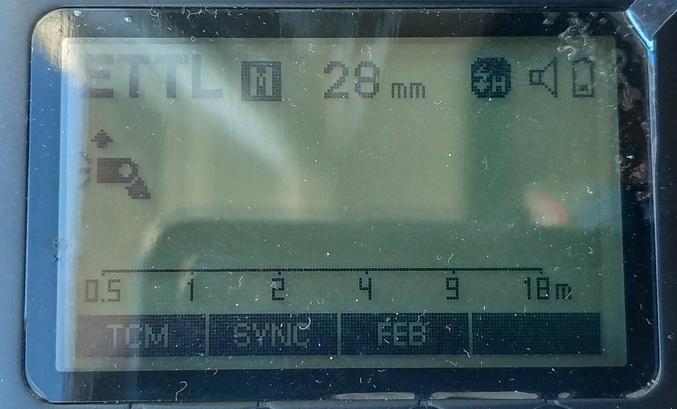 |
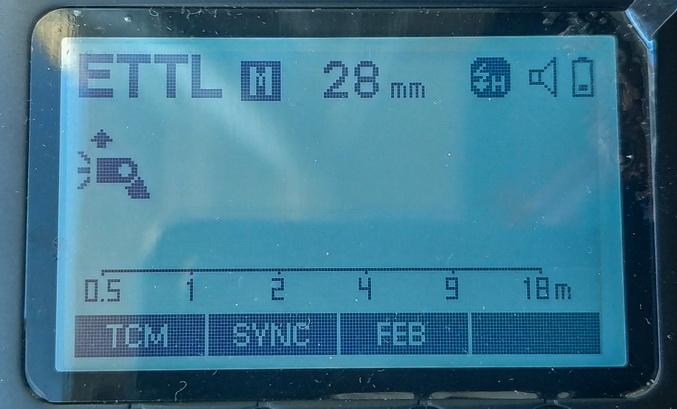 |
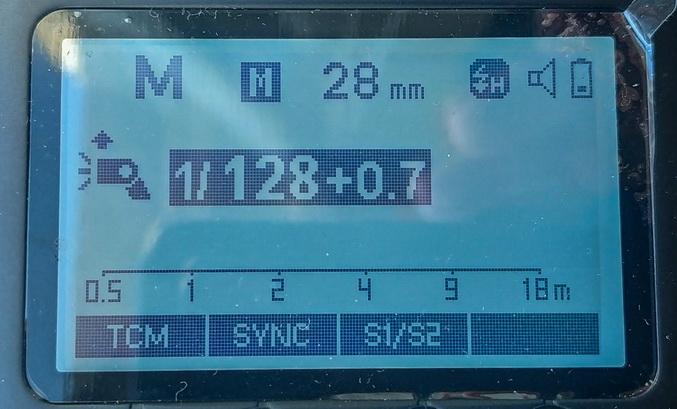 |
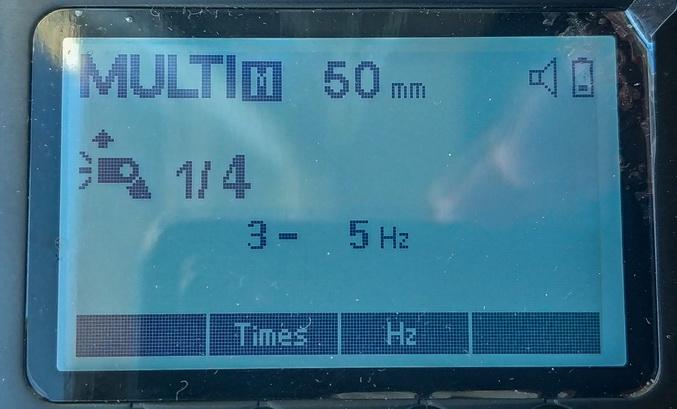 |
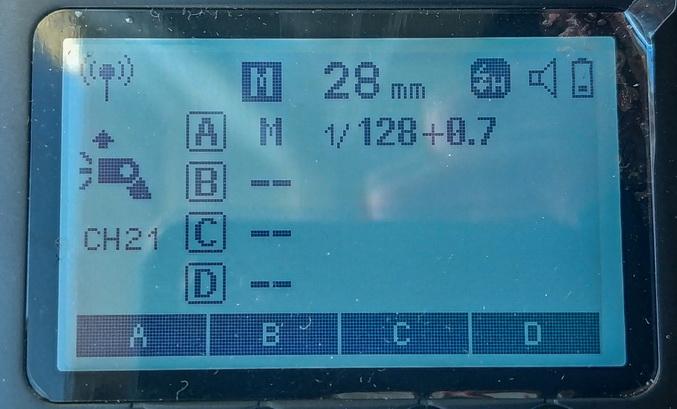 |
 |
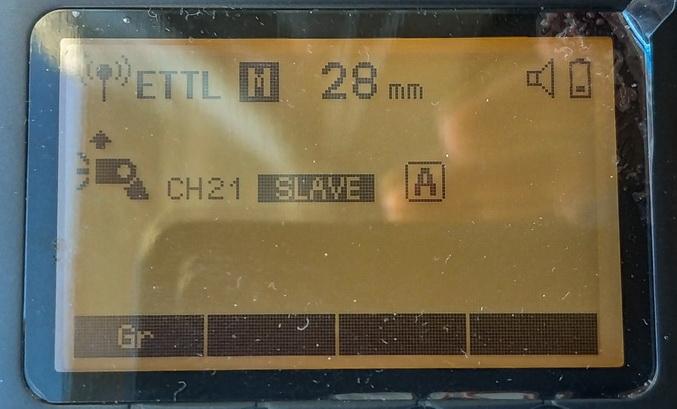 |
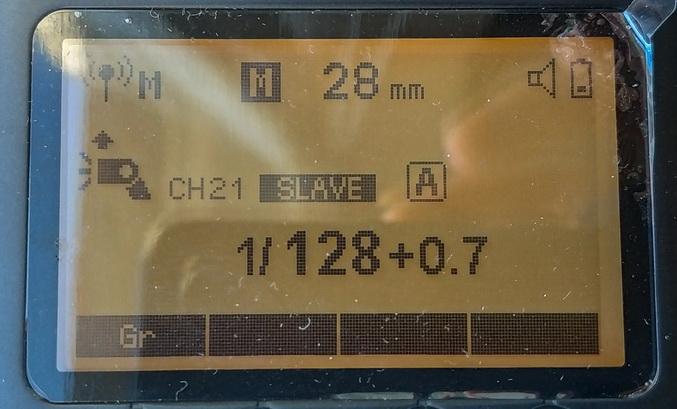 |
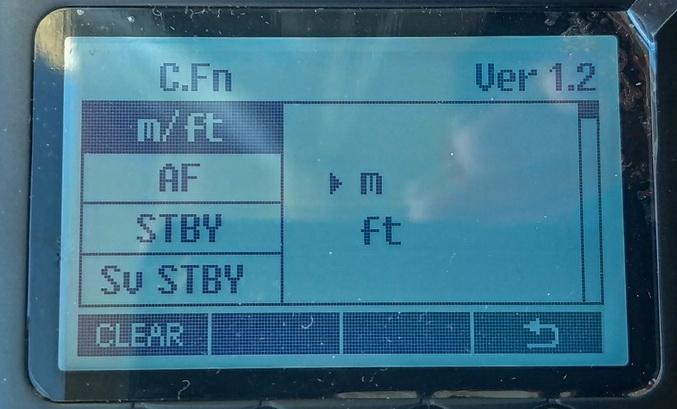 |
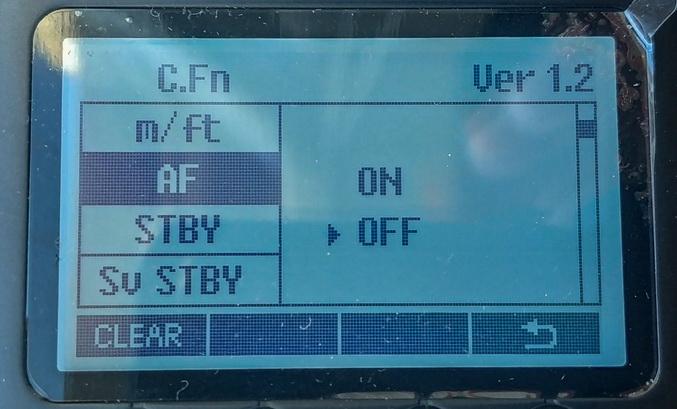 |
 |
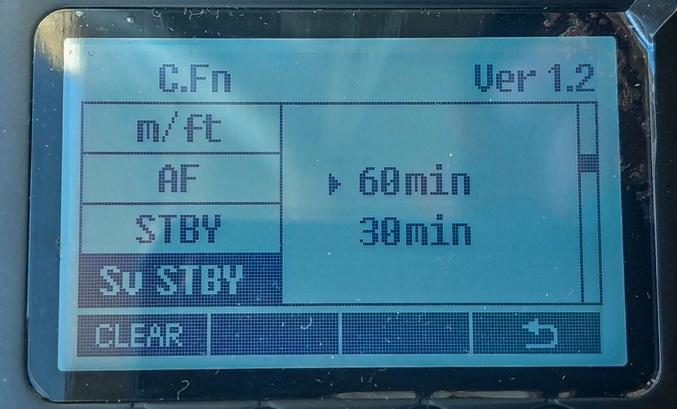 |
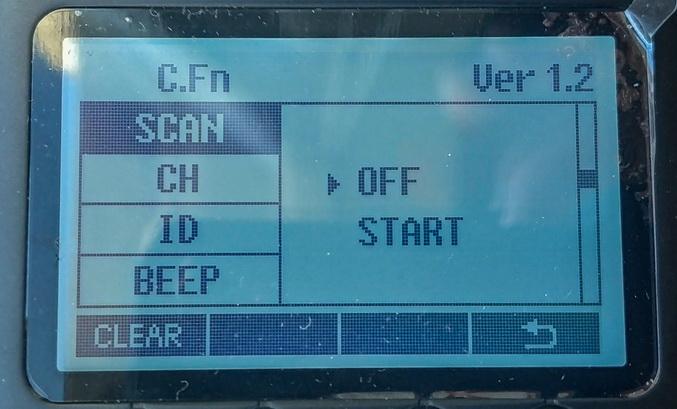 |
 |
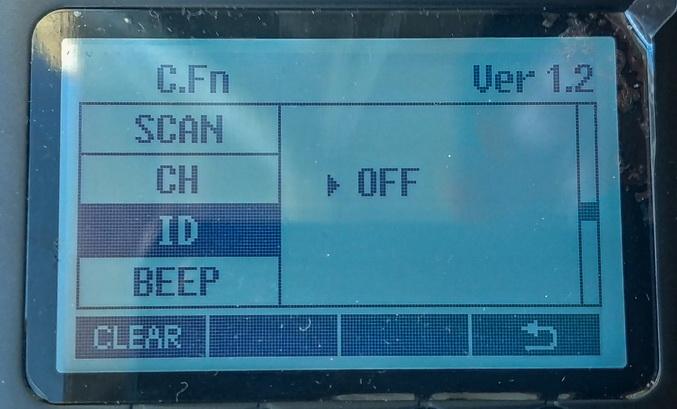 |
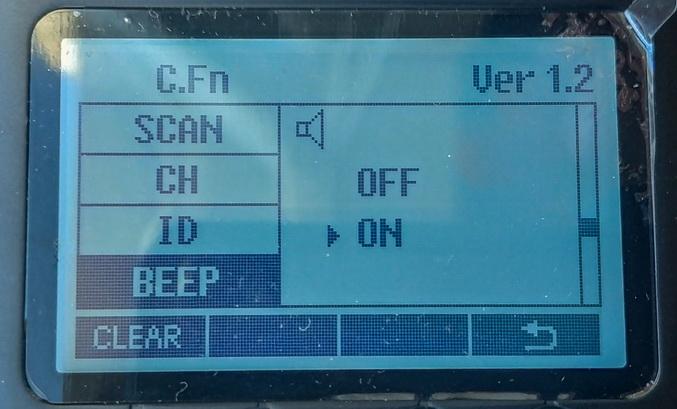 |
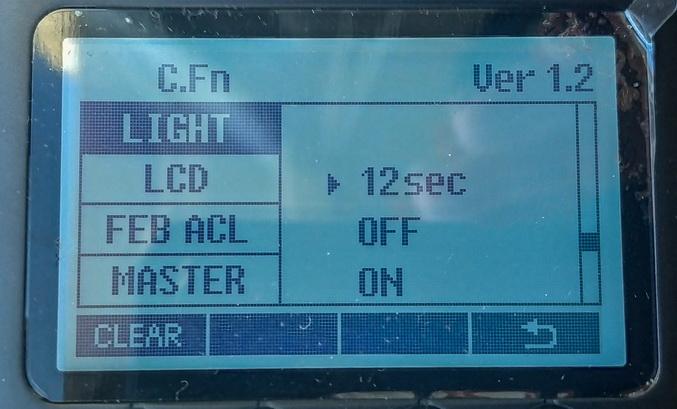 |
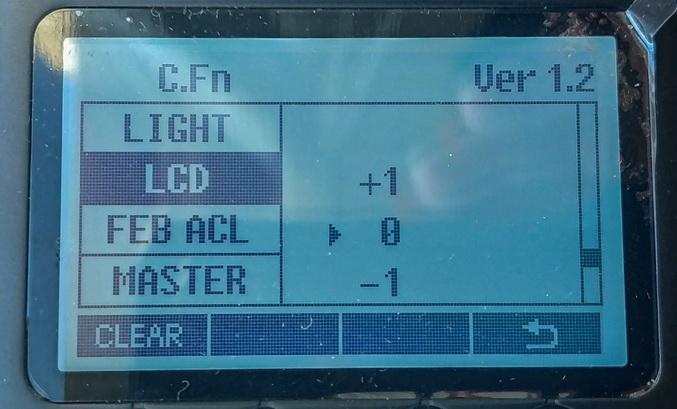 |
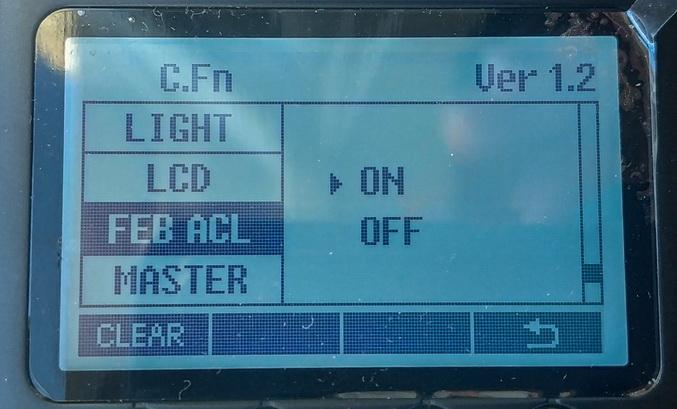 |
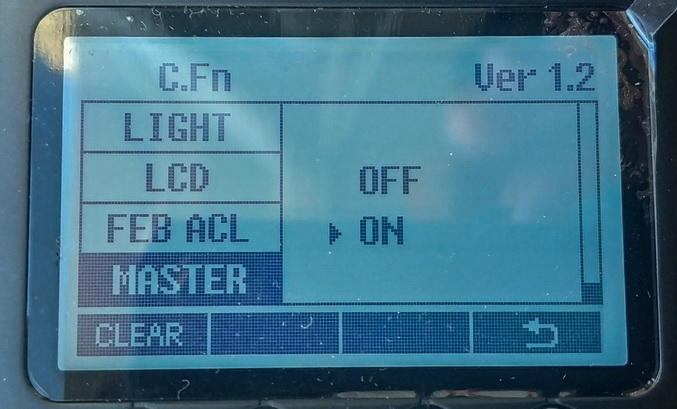 |
• Круглая форма головки соответственно обеспечивает круглое пятно света. По сравнению со вспышкой с обычной прямоугольной головкой, свет этой вспышки имеет более ровных переход, лучше рассеивается, заполняет кадр и создаёт мягче тени.
Все 6 фото сделаны на следующих настройках: f5, ISO 400, выдержка 1/100, объектив 50мм.
Вспышка Godox, ручной режим, 1/64 (в лоб) |
Вспышка Sigma, ручной режим, 1/64 (в лоб) |
Вспышка Sigma, ручной режим, 1/128 (в лоб) |
Вспышка Godox, ручной режим, 1/2 (в потолок) |
Вспышка Sigma, ручной режим, 1/2 (в потолок) |
Вспышка Sigma, ручной режим, 1/4 (в потолок) |
Примеры без / с вспышкой:
Автономность
• Вспышка работает от аккумулятора с ёмкостью 2600мАч, которого хватит где-то на 480 срабатываний вспышки на максимальной мощности. Также отмечу, что аккумулятор обеспечивает быструю перезарядку вспышки на максимальной мощности (1.5 секунд).
• Как только вспышка перезарядилась и готова к работе — раздается звуковой сигнал (при необходимости его можно отключить).
• Некоторые говорят, что данная вспышка склонна к перегревам при работе на максимальной мощности, из-за чего увеличивается время перезарядки до 3-4 секунд, однако на практике я этого не заметил (специально делал около 50 пыхов на максимальной яркости – на перезарядку уходило 1.5-2 секунды). Возможно эта проблема была на первых прошивках, я же тестировал на последней (V1.3).
• В режиме ожидания мигает светодиод, тем самым указывая заряд батареи: по 3 мигания — высокий, 2 — средний, 1 — низкий, если же постоянно мигает — заряд батареи критически низкий.
• Производителем заявлено, что на зарядку уходит три с половиной часа, однако у меня на зарядку полностью разряженной батареи ушло ровно три часа.
Итоги
• Производитель Godox выпустил отличную вспышку с большим и хорошо продуманным функционалом, а также стабильной работой (особенно в качестве ведущей или ведомой вспышки). Могу её смело рекомендовать тем, кто занимается профессиональной фотосъёмкой и для кого важна стабильность и удобство в работе.
+ магнитное крепление аксессуаров и возможность использовать рассеиватель в портретной ориентации;
+ удобное управление c возможностью быстрого изменения настроек;
+ продуманный и удобный конструктив (слот для батареи; защёлка на горячем башмаке; головка отклоняется назад без необходимости поворота верхней части на 180 градусов);
+ стабильная и удобная работа (управление другими вспышками) в режиме ведущей / ведомой;
+ быстрая перезарядка;
+ равномерное распределение света и мягкие тени благодаря круглой головке;
+ низкий расход батареи в режиме ожидания;
+ большая функциональность (полная поддержка автоматических режимов TTL, ручной режим, режим высокоскоростной синхронизации HSS 1/8000с, функция компенсации мощности FEC, синхронизация по первой/второй шторке и т.д.).
— круглая форма головки и гладкий пластик (не софт-тач) делают её скользкой.
Бонус
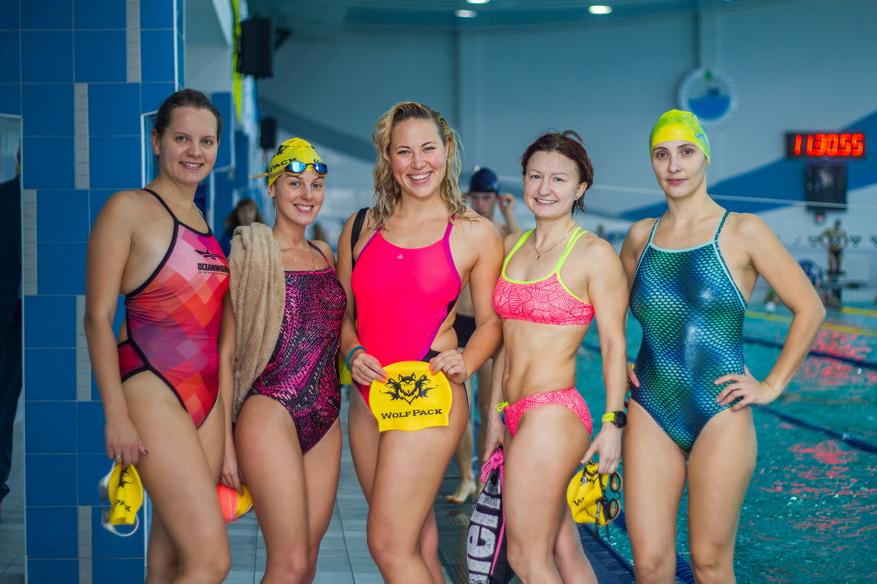
Приобрести вспышку можно здесь:
• AliExpress
На мой субъективный
взгляд, в арсенале каждого фотографа должна быть вспышка. Она спасает, когда
естественного света недостаточно, а когда его достаточно, помогает подсветить
или части лица, или модель сзади, тем самым диктуя свои условия. А еще вспышка
позволяет полностью загнать модель в вакуум, сделав все вокруг почти черным и,
по сути, превратить любой закуток двора в свою студию.
На примере вспышек от
компании Godox опробуем озвученные выше варианты их использования.
О вспышках
Буквально несколько слов
о вспышках.
Одна модель – Godox AD100 Pro на 100 Дж, визуально
напоминающая миниатюрный моноблок, а по размеру как обычная банка.

LCD Panel
- The display will only show the settings currently applied.
- The functions displayed above function buttons 1 to 4, such as SYNC and <A/B/C/D>, change according to settings’ status.
- When a button or dial is operated, the LCD panel illuminated.
LCD Panel in Three Modes
What’s in the Box of V1C Kit?
- Flash Unit
- Lithium Battery
- USB Battery Charger
- USB Line
- Charger
- Mini Stand
- Protection Case
- Instruction Manual
Separately Sold Accessories
The product can be used in combination with the following accessories sold separately, so as to achieve best photography effects: XProC & X1C TTL wireless flash trigger, AK-R1 accessory kit for round flash head, etc.
Battery
Features
- This flash unit uses Li-ion polymer battery which has long runtime. The available charge-and-discharge times are 500.
- It is reliably safe. The inner circuit is against overcharge, overdischarge, overcurrent, and short circuit.
- Take only 3.5 hours to fully charge the battery by using the standard battery charger.
Cautions
- Do not short circuit.
- Do not expose to rain or immerse into water. This battery is not water proof.
- Keep out of reach of children.
- No over 24 hours’ continuous charging.
- Store in dry, cool, ventilated places.
- Do not put aside or into fire.
- Dead batteries should be disposed according to local regulations.
- If the battery had ceased using for over 3 months, please make a full recharge.
Loading and Unloading the Battery
- To unload the battery, hold down the battery remove button and push the battery downwardly to take it out.
- According to the triangle sign on the battery pack, insert it into the compartment until a white knob locks the battery with a click sound.
Battery Level Indication
Make sure the battery pack is securely loaded in the flash. Check the battery level indication on the LCD panel to see the remaining battery level.
| Battery Level Indication | Meaning |
| 3 grids | Full |
| 2 grids | Middle |
| 1 grid | Low |
| Blank grid | Lower battery, please recharge it. |
| Blinking | The battery level is going to be used out immediately. And the flash will auto power off in 1 minute. Note: Please recharge the battery as soon as possible (within 10 days). Then, the battery can be used or be placed for long period. |
LED Modeling Lamp
Press the Modeling Lamp Setting button to set the modeling lamp. Short press the Set Button to turn on or off the modeling lamp. When turning the modeling lamp on, turn the select dial to set its brightness. There are 10 levels(01~10) for choice.
Power Management
Use ON/OFF Power Switch to power the flash unit on or off. Turn off if it will not be used for an extended period of time. Setting as a master flash, it will turn the power off automatically after a certain period (approx. 90 seconds) of idle use. Pressing the camera shutter halfway or pressing any flash button will wake up the flash unit. Setting as a slave flash, it will enter sleep mode after a certain period (adjustable, 60 minutes by default) of idle use. Pressing any flash button will wake it up.
C.Fn Disabling Auto Power Off function is recommended when the flash is used off camera. (C.Fn-STBY)
C.Fn Slave Auto Power Off Timer is set to 60 minutes by default. Another option «30 minutes» is available. (C.Fn- Sv STBY)
Flash Mode—E-TTL Autoflash
This flash has three flash modes: E-TTL, Manual (M), and Multi (Stroboscopic). In E-TTL mode, the camera and the flash will work together to calculate the correct exposure for the subject and the background. In this mode, multiple TTL functions are available: FEC, FEB, FEL, HSS, second curtain sync, modeling flash, control with the camera’s menu screen.
* Press < MODE > Mode Selection Button and three flash modes will display on the LCD panel one by one with each pressing.
ETTL Mode
Press < MODE > Mode Selection Button to enter E-TTL mode. The LCD panel will display.
- Press the camera release button halfway to focus. The aperture and effective flash range will be displayed in the viewfinder.
- When the shutter button is fully pressed, the flash will fire a preflash that the camera will use to calculate exposure and flash output the instant before the photo is taken.

With FEC function, this flash can adjust from -3 to +3 in 1/3rd stops. It is useful in situations where minor adjusting of the TTL system is needed based on the environment.
Setting FEC:
FEL: Flash Exposure Lock
FEL can lock the correct flash exposure setting for any part of the scene. With <ETTL> displayed on the LCD panel, press the camera’s <FEL> button. If the camera does not have the <FEL> button, press the < * > button.
- Focus the subject.
- Press the <FEL> button.
- Aim the subject at the center of the viewfinder and press <FEL> button.
- The camera flash will fire a preflash and the required flash output for the subject is retained in memory.
- Each time the <FEL> button is pressed, a preflash will be fired and a new flash exposure setting will be locked.
- If the subject is too far away and underexposure, the <
> icon will blink in the viewfinder. Move closer to the subject and try the FE lock again.
- If <ETTL> is not displayed on the LCD panel, FE lock cannot be set.
- If the subject is too small, FE lock might not be very effective.
High-Speed Sync
High Speed Sync (FP flash) enables the flash to synchronize with all camera shutter speeds. This is convenient when you want to use aperture priority for fill-flash portraits.
- Press Function Button 2 < SYNC > so that <
> is displayed.
- Check that <
> is displayed in the viewfinder.
Second-Curtain Sync
With a slow shutter speed, you can create a light train following the subject. The flash fires right before the shutter closes.
Press function button 2 < SYNC > button so that <> is displayed on the LCD panel.
The flash output is adjustable from 1/1 full power to 1/256th power in 1/10th stop increments. To obtain a correct flash exposure, use a hand-held flash meter to determine the required flash output.
- Press < M: Manual Flash> button so that < M > is displayed.
- Turn the Select Dial to choose a desired flash output amount.
- Press Set Button again to confirm the setting.
Optic S1 Secondary Unit Setting
In M manual flash mode, press <S1/S2> button so that this flash can function as an optic S1 secondary flash with optic sensor. With this function, the flash will fire synchronously when the main flash fires, the same effect as that by the use of radio triggers. This helps create multiple lighting effects.
Optic S2 Secondary Unit Setting
Press <S1/S2> button so that this flash can also function as an optic S2 secondary flash with optic sensor in M manual flash mode. This is useful when cameras have pre-flash function. With this function, the flash will ignore a single «preflash» from the main flash and will only fire in response to the second, actual flash from the main unit.
- S1 and S2 optic triggering is only available in M manual flash mode.
Multi: Stroboscopic Flash
With stroboscopic flash, a rapid series of flashes is fired. It can be used to capture a multiple images of a moving subject in a single photograph. You can set the firing frequency (number of flashes per sec. expressed as Hz), the number of flashes, and the flash output.
- Press <MODE> button so that < MULTI > is displayed.
- Set the flash frequency and flash times.
- Press the Function Button 2 <Times> to select the flash times. Turn the Select Dial to set the number.
- Press the Function Button 3 <Hz> to select the flash frequency. Turn the Select Dial to set the number.
- Turn the Select Dial to choose a desired flash output.
- After you finish the setting, press Set Button and all the settings will be displayed.
Calculating the Shutter Speed
During stroboscopic flash, the shutter remains open until the firing stops. Use the formula below to calculate the shutter speed and set it with the camera.
Number of Flashes / Flash Frequency = Shutter Speed
For example, if the number of flashes is 10 and the firing frequency is 5 Hz, the shutter speed should be at least 2 seconds.
To avoid overheating and deteriorating the flash head, do not use stroboscopic flash more than 10 times in succession. After 10 times, allow the camera flash to rest for at least 15 minutes. If you try to use the stroboscopic flash more than 10 times in succession, the firing might stop automatically to protect the flash head. If this happens, allow at least 15 minutes’ rest for the camera flash.
Stroboscopic flash is most effective with a highly reflective subject against a dark background.
- Using a tripod and a remote control is recommended.
- A flash output of 1/1 and 1/2 cannot be set for stroboscopic flash.
- Stroboscopic flash can be used with»buLb«.
- If the number of flashes is displayed as «—«, the firing will continue until the shutter closes or the battery is exhausted. The number of flashes will be limited as shown by the following table.
Wireless Flash Shooting: Radio (2.4G) Transmission
- When the camera’s shooting mode is set to a fully automatic mode or an Image Zone mode, the operations in this chapter are not available. Set the camera’s shooting mode to P/Tv/Av/M/B (Creative Zone Mode).
- The V1C attach to the camera is called the master unit, and a V1C that is wirelessly controlled is called the slave unit.
- You can also wirelessly control the V1C set as the slave unit with the transmitter X1T-C (sold separately). For details on setting the master unit functions, see the transmitter’s instructions.
Using a flash (master/slave) with a radio transmission wireless shooting function make it easy to shoot with advanced wireless multiple flash lighting, in the same way as E-TTL II autoflash shooting. The basic relative position and operation range are as shown in the picture. You can then perform wireless E-TTL II autoflash shooting just by setting the master unit to <ETTL>.
Positioning and Operation Range (Example of wireless flash shooting)
- Autoflash Shooting with One Slave Unit
- Use the supplied mini stand to position the slave unit.
- Before shooting, perform a test flash and test shooting.
- The transmission distance might be shorter depending on the conditions such as positioning of slave units, the surrounding environment and whether conditions.
Wireless Multiple Flash Shooting
You can divide the slave units into two or three groups and perform E-TTL II autoflash while changing the flash ratio (factor). In addition, you can set and shoot with a different flash mode for each firing group, for up to 4 groups.
- Shooting with a Different Flash Mode set for Each Group
* The flash mode settings are indicated only as an example
Wireless Settings
Master Unit’s Flash OFF
When the master unit is set to OFF, only the slave units will fire a flash.
- Press <MENU> Button to enter C.Fn MASTER setting.
Setting the Communication Channel
If there are other wireless flash systems nearby, you can change the channel IDs to prevent signal interference. The channel IDs of the master unit and the slave unit(s) must be set to the same.
- Press <MENU> Button to enter C.Fn CH setting.
- In C.Fn CH, turn the Select Dial to choose channel ID CH 07 from 1 to 32.
- Press the Set Button to confirm.
Wireless ID Settings
Change the wireless channels and wireless ID to avoid interference for it can only be triggered after the wireless IDs and channels of the master unit and the slave unit are set to the same. Press the <MENU> button to enter C.Fn ID. Press the Set Button to choose OFF channel expansion shutdown, and choose any figure from 01 to 99.
Scan the Spare Channel
To avoid the interference of using the same channel by others, this function can be used: enter the C.Fn settings and find the SCAN option. When setting it to START, it will scan from 1% to 100%. And the 8 spare channels will be displayed after the scan is completed.
ETTL: Fully Automatic Wireless Flash Shooting
Using Automatic Wireless Flash with a Single Slave Unit
- Master Unit Setting
- Attach a V1C camera flash on the camera and set it as the master unit.
- X1T-C can also be used as master unit. X1T-C can control V1C ‘s ZOOM value when the ZOOM is adjusted to auto (A) mode.
Using Automatic Wireless Flash with Multiple Slave Units
When stronger flash output or more convenient lighting operation is needed, increase the number of slave units and set it as a single slave unit. To add slave units, use the same steps as setting «automatic wireless flash with a single slave unit». Any flash group can be set (A/B/C/D/E).
When the number of slave units is increased and the master unit flash firing is ON, automatic control is implemented to make all groups of flashes fire the same flash output and ensure the total flash output up is to standard exposure.
- Press the depth-of-field preview button on the camera to fire a modeling flash.
- If the slave unit’s auto power off function is workable, press the master unit’s test button to power it on. Please note that test firing is unavailable during the camera’s regular metering time.
- The effective time of slave auto power off is changeable. (C.Fn-Sv STBY)
- By making some settings, the auto AF-assist transmitter will not blink after the slave unit’s flash ready indicator is lightened. (C.Fn-AF)
Using Fully Automatic Wireless Flash
The FEC and other settings that set on the master unit will also be appeared on the slave unit automatically. The slave unit does not need any operation. Use the following settings to make wireless flashes according to the same methods with normal flash shooting.
- Flash Exposure Compensation
- Flash Exposure Lock
- Manual Flash
- Stroboscopic Flash
About Master Unit
Use two or more master units. By preparing several cameras that with master units flash attached, cameras can be changed in shooting while keeping the same lighting source (slave unit).
M: Wireless Flash Shooting with Manual Flash
This describes wireless (multiple shooting) using manual flash. You can shoot with a different flash output setting for each slave unit (firing group). Set all parameters on the master unit.
- Setting the flash mode to <M>.
- Setting flash output.1/2/3/4<A/B/C/D>
- Press Function Button 3 < Gr >. Turn the Select Dial to set the flash output of the groups. Press Set Button to confirm.
- Taking the picture.
- Each group fires at the set flash ratio.
Setting <M> Flash Mode
You can directly operate the slave unit to manually set the manual flash or stroboscopic flash.
- Setting the slave unit.
- Setting flash mode to <M>.
- Press <MODE> button so that <M> is displayed.
- Set the manual flash output.
Multi: Wireless Flash Shooting with Manual Flash
Setting <MULTI> stroboscopic flash.
- Press <MODE> button so that <MULTI> is displayed. SONY
- Setting the stroboscopic flash
Other Applications
Sync Triggering
The Sync Cord Jack is a Φ2.5mm plug. Insert a trigger plug here and the flash will be fired synchronously with the camera shutter.
Modeling Flash
If the camera has a depth-of-field preview button, pressing it will fire the flash continuously for 1 second. This is called modeling flash. It enables you to see the shadow effects on the subject and the lighting balance. You can fire the modeling flash during wireless or normal flash shooting.
- To avoid overheating and deteriorating the flash head, do not fire the modeling flash for more than 10 consecutive times. If you fire the modeling flash 10 consecutive times, allow at least 10 minutes’ break for the camera flash.
- The modeling flash cannot be fired with the EOS 300 and Type-B cameras.
Auto Focus Assist Beam
In poorly-lit or low-contrast shooting environments, the built-in auto focus assist beam will automatically light on to make it easier for autofocus. The beam will light up only when autofocus is difficult and get out as soon as the autofocus becomes correct. If you want to turn off the auto focus assist beam, set the «AF» to «OFF» on the C.Fn settings.
- If you find the auto focus assist beam does not light up, this is because the camera has got a correct autofocus.
| Position | Effective Range |
| Center | 0.6~10m / 2.0~32.8 feet |
| Periphery | 0.6~5m / 2.0~16.4 feet |
Bounce Flash
By pointing the flash head toward a wall or ceiling, the flash will bounce off the surface before illuminating the subject. This can soften shadows behind the subject for a more natural-looking shot. This is called bounce flash. To set the bounce direction, hold the flash head and turn it to a satisfying angle.
- If the wall or ceiling is too far away, the bounced flash might be too weak and result in underexposure.
- The wall or ceiling should be a plain, white color for high reflectance. If the bounce surface is not white, a color cast may appear in the picture.
ZOOM: Setting the Flash Coverage
The flash coverage can be set automatically or manually. It can be set to match the lens focal length from 28mm to 105mm.
In Manual Zoom mode, press the <ZOOM> button.
- Turn the Select Dial to change the flash coverage.
- If <A> is displayed, the flash coverage will be set automatically.
If you set the flash coverage manually, make sure it covers the lens focal length so that the picture will not have a dark periphery.
Low Battery Warning
If the battery power is low, <
C.Fn: Setting Custom Functions
The following table lists the available and unavailable custom functions of this flash.
| C.Fn Custom Functions | |||
| Custom Function Signs | Function | Setting No. | Settings & Description |
| m/ft | Distance indicator | m | m |
| ft | feet | ||
| AF | AF-assist beam | ON | ON |
| OFF | OFF | ||
| STBY | Auto sleep setting | ON | ON |
| OFF | OFF | ||
| Sv STBY | Slave auto power off timer |
60min | 60min |
| 30min | 30min | ||
| SCAN | Scan the spare channel |
OFF | OFF Start to find the spare |
| START | Start to find the spare channel Choose channels | ||
| CH | Channel setting | 01-32 | Choose channels from 01-32 |
| ID | Wireless ID | OFF | Off |
| 01-99 | Choose any figure from 01-99 | ||
| BEEP | Beeper | ON | ON |
| OFF | OFF | ||
| LIGHT | Backlighting time | 12sec | Off in 12 sec. |
| OFF | Always off | ||
| ON | Always lighting | ||
| LCD | LCD contrast ratio | -3~+3 | 7 levels |
| FEB ACL | FEB auto cancel | ON | ON |
| OFF | OFF | ||
| MASTER | Master unit control | OFF | OFF |
| ON | ON |
- Press<MENU> Button until C.Fn menu is displayed. The «Ver x.x» in the top-right corner refers to the software version.
- Select the Custom Function No.
- Turn the Select Dial to select the Custom Function No.
- Change the Setting.
- Press Set Button and the Setting No. blinks.
- Turn the Select Dial to set the desired number. Pressing Set Button will confirm the settings.
- After you set the Custom Function and press <MENU> button, the camera will be ready to shoot.
- In the C.Fn states, long press the «Clear»button for 2 seconds until «OK»is displayed on the panel, which means the values in C.Fn can be reset.
If the camera flash is attached to an EOS camera which has a speedlite control function, the flash can be controlled using the camera’s menu screen. For the menu operation procedure, refer to your camera’s instruction manual.
- Setting Camera Flash Functions
The following flash functions are settable according to different flash modes.
- Flash mode
- Shutter sync (1st/2nd curtain, high speed sync)
- FEB
- Flash exposure compensation
- Flash firing
- Clear camera flash’s settings
- Custom Functions of Camera Flash
C.Fn-00, C.Fn-01, C.Fn-03, C.Fn-08, C.Fn-10, C.Fn-20, C.Fn-22.
Clear All Flash Custom Functions
* Screens from the EOS-1D Mark III.
- If flash exposure compensation has already been set with the camera flash, flash exposure compensation cannot be set with the camera. To set it with the camera, the camera flash’s flash exposure compensation must be set to zero.
- If any Flash Custom Functions and flash settings other than flash exposure compensation have been set by both the camera and the flash, the latest settings will take effect.
Protection Function
- Over-Temperature Protection
- To avoid overheating and deteriorating the flash head, do not fire more than 30 continuous flashes in fast succession at 1/1 full power. After 30 continuous flashes, allow a rest time of at least 10 minutes.
- If you fire more than 30 continuous flashes and then fire more flashes in short intervals, the inner over-temperature protection function may be activated and make the recycling time over 10 seconds. If this occurs, allow a rest time of about 10 minutes, and the flash unit will then return to normal.
- When the over-temperature protection is started,
is shown on the LCD display.
Number of flashes that will activate over-temperature protection:
| 1/1 | 30 |
| 1/2 +0.7 | 40 |
| 1/2 +0.3 | 50 |
| 1/2 | 60 |
| 1/4(+0.3,+0.7) | 100 |
| 1/8(+0.3,+0.7) | 200 |
| 1/16(+0.3,+0.7) | 300 |
| 1/32(+0.3,+0.7) | 500 |
| 1/64(+0.3,+0.7) | 1000 |
| 1/128(+0.3,+0.7) |
Number of flashes that will activate over-temperature protection in high-speed sync triggering mode:
| Power Output | Times |
| 1/1 | 15 |
| 1/2(+0.3,+0.7); | 20 |
| 1/4(+0.3,+0.7) | 30 |
| 1/8(+0.3,+0.7); | |
| 1/16(+0.3,+0.7) | 40 |
| 1/32(+0.3,+0.7); | |
| 1/64(+0.3,+0.7); | 50 |
| 1/128(+0.3,+0.7); |
- Other Protections
The system provides real-time protection to secure the device and your safety. The following lists prompts for your reference:
| Prompts on LCD Panel | Meaning |
| E1 | A failure occurs on the recycling system so that the flash cannot fire. Please restart the flash unit. If the problem still exists, please send this product to a maintenance center. |
| E2 | The system gets excessive heat. Please allow a rest time of 10 minutes. |
| E3 | The voltage on two outlets of the flash tube is too high. Please send this product to a maintenance center. |
| E9 | There are some errors occurred during the upgrading process. Please using the correct firmware upgrade method. |
Technical Data
| Model | V1C |
| Compatible Cameras | Canon EOS cameras (E-TTL II autoflash) |
| Power (1/1 output) | 76Ws |
| Flash Coverage | 28 to 105mm
|
| Flash Duration | 1/300 to 1/20000 seconds |
| Exposure Control | |
| Exposure control system | E-TTL II autoflash and manual flash |
| Flash exposure | Manual. FEB: ±3 stops in 1/3 stop increments |
| compensation (FEC) | (Manual FEC and FEB can be combined.) |
| FE lock | With <FEL> button or< * > button |
| Sync mode | High-speed sync (up to 1/8000 seconds), first-curtain sync, and second-curtain sync |
| Multi flash | Provided (up to 100 times, 199Hz) |
| Wireless Flash | |
| Wireless flash function | Master, Slave, Off |
| Master groups | A, B, C, D |
| Controllable slave groups | A, B, C, D, E (E group can be controlled by X series flash trigger) |
| Transmission range (approx.) | 100m |
| Channels | 32 (1~32) |
| ID | 01~99 |
| Modeling flash | Fired with camera’s depth-of-field preview button |
| Auto Focus Assist Beam | |
| Effective range (approx.) | Center: 0.6~10m / 2.0~32.8 feet Periphery: 0.6~5m / 2.0~16.4 feet |
| LED Modeling Lamp | |
| Power | 2W |
| Color Temperature | 3300K±200K |
| Power Supply | |
| Power source | 7.2V/2600mAh Li-ion battery |
| Recycle time | Approx 1.5 seconds. Green LED indicator will light up |
| when the flash is ready. | |
| Full power flashes | Approx. 480 |
| Power saving | Power off automatically after approx. 90 seconds of idle operation. (60 minutes if set as slave) |
| Sync Triggering Mode | Hotshoe, 2.5mm sync line |
| Color Temperature | 5600±200k |
| Dimensions | |
| W x H x D | 76*93*197mm |
| Weight without battery | 420g |
| Weight with battery | 530g |
| 2.4G Wireless FrequencyRange | 2413.0MHz-2464.5MHz |
| Max. Transmitting Power of 2.4G Wireless | 5dbm |
Troubleshooting
If there is a problem, refer to this Troubleshooting Guide.
The Camera Flash does not fire.
The power turns off by itself.
- After 90 seconds of idle operation, auto power off took effect if the flash is set as master.
→Press the shutter button halfway or press any flash button to wake up. - After 60 minutes (or 30 minutes) of idle operation, the flash unit will enter sleep mode if it is set as slave.
→Press any flash button to wake up.
Auto zoom does not work.
- The camera flash is not attached securely to the camera.
→Attach the camera flash’s mounting foot to the camera.
The flash exposure is underexposed or overexposed.
- There was a highly reflective object (e.g. glass window) in the picture.
→Use FE lock (FEL). - You used high-speed sync.
→With high-speed sync, the effective flash range will be shorter. Make sure the subject is within the effective flash range displayed. - You used Manual Flash mode.
→Set the flash mode to ETTL or modify the flash output.
Photos have dark corners or only parts of the target subject are illuminated.
- The focal length of lens exceeds the flash coverage.
→Check the flash coverage you set. This flash unit has the flash coverage between 28 and 105mm, which fits medium-format cameras.
Firmware Upgrade
- The USB port is a Type-C USB socket. Type-C USB connection line is applicable.
- As the firmware upgrade needs the support of Godox G3 software, please download and install the «Godox G3 firmware upgrade software» before upgrading. Then, choose the related firmware file.
- As the product needs to do firmware upgrade, please refer to instruction manual of the newest electric version as final.
Compatible Camera Models
This flash unit can be used on the following Canon EOS series camera models:
1DX 5D Mark III 5D Mark II 6D 7D 60D 50D 40D 30D 650D 600D 550D 500D 450D 400D Digital 1100D 1000D 5D Mark IV 7D Mark II 6D Mark II 760D 750D 70D 80D 800D 77D M5 M3 M50 EOS R 1500D 3000D
This table only lists the tested camera models, not all Canon EOS series cameras. For the compatibility of other camera models, a self-test is recommended. Rights to modify this table are retained.
Maintenance
- Shut down the device immediately should abnormal operation be detected.
- Avoid sudden impacts and the product should be dedusted regularly.
- It is normal for the flash tube to be warm when in use. Avoid continuous flashes if unnecessary.
- Maintenance of the flash must be performed by our authorized maintenance department which can provide original accessories.
- This product, except consumables e.g. flash tube, is supported with a one-year warranty.
- Unauthorized service will void the warranty.
- If the product had failures or was wetted, do not use it until it is repaired by professionals.
- Changes made to the specifications or designs may not be reflected in this manual.
Documents / Resources
Download manual
Here you can download full pdf version of manual, it may contain additional safety instructions, warranty information, FCC rules, etc.
Download Godox V1 TTL Li-ion Round Head Camera Flash Manual
Посмотреть инструкция для Godox Speedlite V1 Canon бесплатно. Руководство относится к категории вспышки, 4 человек(а) дали ему среднюю оценку 8.5. Руководство доступно на следующих языках: английский. У вас есть вопрос о Godox Speedlite V1 Canon или вам нужна помощь? Задайте свой вопрос здесь
Не можете найти ответ на свой вопрос в руководстве? Вы можете найти ответ на свой вопрос ниже, в разделе часто задаваемых вопросов о Godox Speedlite V1 Canon.
Инструкция Godox Speedlite V1 Canon доступно в русский?
Не нашли свой вопрос? Задайте свой вопрос здесь
Для работы проектов iXBT.com нужны файлы cookie и сервисы аналитики.
Продолжая посещать сайты проектов вы соглашаетесь с нашей
Политикой в отношении файлов cookie
Сегодня мы рассмотрим новую и слегка необычную внешнюю вспышку с круглой головкой от производителя Godox.
Немного о производителе
Компания Godox специализируется на производстве различного фотооборудования, в основном вспышек и света и уже успела завоевать лидерство у фотографов благодаря отличном качеству продукции и приемлемым ценам. У производителя есть свой сайт, где можно посмотреть всю продукцию и почитать её характеристики.
Упаковка
В комплекте идёт:
• накамерная вспышка;
• литий-ионная батарея;
• зарядное устройство;
• кабель для зарядки (Type-C);
• мини-стойка;
• чехол;
• руководство по эксплуатации.
Инструкция подробная, на английском и китайском. Скачать её в электронном виде можно здесь.
Чехол качественный, имеет петлю для крепления на пояс.
Технические характеристики:
|
Модель |
V1C |
V1N |
V1S |
|
Совместимые камеры |
Canon EOS (E-TTLII) |
Nikon (i-TTL) |
Sony (TTL) |
|
Мощность |
76 Дж |
||
|
Угол подсветки |
от 28 до 105 мм |
||
|
Автоматический зум (угол подсветки выбирается автоматически в зависимости от фокусного расстояния объектива и размера изображения) |
|||
|
Ручной зум |
|||
|
Наклон головки вспышки: от 0˚до 330˚ горизонтально и от -7˚ до 120˚ вертикально |
|||
|
Длительность импульса |
От 1/300 до 1/20000 секунды |
||
|
Управление экспозицией вспышки |
|||
|
Система управления экспозицией вспышки |
E-TTL II и ручной режим вспышки |
i-TTL и ручной режим вспышки |
TTL и ручной режим вспышки |
|
Компенсация вспышки (FEC) |
Ручная FEC и FEB: ±3 ступени с шагом 1/3 (Ручная FEC и FEB могут комбинироваться) |
||
|
Блокировка экспозиции |
Кнопкой <FEL˃ или <*˃ |
нет |
нет |
|
Режим синхронизации |
Высокоскоростная синхронизация (до 1/8000 секунды), синхронизация по первой шторке, синхронизация по второй шторке |
||
|
Режим стробоскопа |
Есть (до 100 импульсов, 199 Гц) |
Есть (до 90 импульсов, 100 Гц) |
|
|
Дистанционное управление вспышкой |
|||
|
Режимы дистанционного управления вспышкой |
Режим ведущей вспышки (Master), режим ведомой вспышки (Slave), выкл. |
||
|
Количество групп |
A, B, C, D |
M, A, B, C |
|
|
Количество ведомых групп |
A, B, C, D, E (группа E управляется системой синхронизации Godox X) |
A, B, C, D, E (группа D/E управляется системой синхронизации Godox X) |
|
|
Радиус передачи сигнала (приблиз.) |
100 м |
||
|
Количество каналов |
32 (1~32) |
||
|
ID |
01~99 |
||
|
Моделирующая вспышка |
Запускается кнопкой предпросмотра глубины резкости на фотокамере |
нет |
|
|
Подсветка автофокуса |
|||
|
Эффективное расстояние (приблиз.) |
В центре: 0,6-10м / 2,0-32,8 футов |
||
|
LED пилотная лампа |
|||
|
Мощность |
2 Вт |
||
|
Цветовая температура |
3300К±200К |
||
|
Электропитание |
|||
|
Источник питания |
7.2В/2600мАч литий-ионная батарея |
||
|
Время перезарядки |
Приблиз. 1,5 с. Зеленый LED индикатор сигнализирует о готовности вспышки |
||
|
Количество импульсов на полной мощности |
Около 480 |
||
|
Энергосбережение |
Автоматическое отключение после 90 секунд бездействия (60 минут в режиме ведомой вспышки) |
||
|
Методы синхронизации |
«горячий башмак», гнездо для синхрокабеля 2,5мм |
||
|
Цветовая температура |
5600±200К |
||
|
Размеры |
|||
|
Размеры корпуса |
76х93х197 мм |
||
|
Вес нетто без учета аккумулятора |
420 г |
||
|
Вес нетто с аккумулятором |
530 г |
• Среди особенностей отмечу полную поддержку автоматических режимов TTL, ручной режим, режим высокоскоростной синхронизации HSS 1/8000с, функцию компенсации мощности FEC и синхронизацию по первой/второй шторке.
• Дополнительно можно прикупить набор аксессуаров и светофильтров для вспышки под индексом AK-R1.
• Стоит отметить, что аксессуары крепятся на магните (установлены по периметру головки), поэтому при использовании плоского рассеивателя / отражателя и фотографировании в портретной ориентации – его можно просто повернуть (прокрутить) в нужное положение, что обычно невозможно в других вспышках.
• Производитель также выпустил переходник, который позволяет крепить данные аксессуары на вспышки с прямоугольной головкой.
• Корпус вспышки сделан из пластика, сборка отличная. К недостаткам отнесу лишь то, что из-за круглой головки и скользкого пластика она может скатиться с наклонной поверхности, поэтому нужно быть внимательным при её эксплуатации.
Сравнение со вспышкой Sigma EF 610 DG Super:
• На головке вспышки установлена LED-лампа, которая может светить приятным теплым светом (3300К) и имеет 10 уровней яркости. Лампа не сверхъяркая, но её вполне достаточно чтобы подсветить объект на расстоянии 1.5-2 метров и ближе в тёмное время суток. Лампа может быть включена и во время работы вспышки.
Пример освещения (ВСЕ ФОТОПРИМЕРЫ В ОБЗОРЕ С ИСПОЛЬЗОВАНИЕМ ВСПЫШКИ БЕЗ ОБРАБОТКИ):
Минимальная / максимальная яркость:
• К преимуществам батарейного отсека отнесу отсутствие какой-либо крышки, которая может отвалиться / затеряться.
• Слева находится кнопка для изъятия батареи и два порта под заглушкой USB Type-C для обновления прошивки (последнюю прошивку можно скачать здесь) и 2.5мм порт для синхронизации.
• Среди преимуществ конструкции также отмечу, что в любой позиции верхнюю часть можно повернуть назад (в изначальной позиции вспышка поворачивается назад, создавая угол 120°), то есть не нужно поворачивать на 180° по горизонтали чтобы направить верхнюю часть в потолок.
• Вспышка крепится на камеру / стойку с помощью башмака с защёлкой.
• Вспышка оснащена матричным ЖК-дисплеем, который имеет хорошую видимость и подсветку. Подсветка загорается при нажатии на любую кнопку и горит 12 секунд по умолчанию (ее можно либо выключить совсем либо включить, чтобы она не гасла).
• Блок управления вспышкой удобный и продуманный. Посредине находится колёсико, которое можно не только вращать, но и нажимать.
• Вспышка имеет три основных режима: E-TTL, ручной и режим стробоскопа.
• Вспышка имеет 9 режимов мощности и в каждом режиме по 10 шагов мощности (по 1/10 стопа). Управление мощностью удобное, можно изменять по 1/10 шага (прокручиванием колёсика) либо же по сразу же переключаться между целыми стопами (нажатием на колёсико). Максимальная мощность – 1/1, минимальная – 1/256.
• Если в режиме TTL сделать снимок, а потом переключиться в ручной режим – настройки мощности сохранятся.
• Вспышка работает в такой же системе радиосинхронизации (Godox 1.4G X), как и остальные вспышки Godox. К слову, это одна из лучших (если не лучшая) система радиосинхронизации на рынке, которая отличается стабильной работой, совместимостью со всеми брендами (максимально универсальная), возможностью совмещать накамерные и студийные вспышки и так далее.
• Стоит отметить удобное управление другими вспышками в ведущем режиме: каждая кнопка отвечает за отдельную вспышку, мощность же каждой вспышки регулируется прокручиванием или нажатием на колёсико (для изменения по 1/10 шага или целого стопа соответственно).
• В режиме радиосинхронизации порадовала функция поиска наиболее надёжного канала, которая будет особенно полезна если рядом снимают другие фотографы. Производитель также отлично оптимизировал расход батареи в режиме ожидания – он минимальный и не тает на глазах.
• В режиме ведомой вспышки она может находиться в режиме ожидания 60 либо 30 минут, после чего перейдёт в режим сна (нажатие на любую кнопку снова приведет ее в боевую готовность).
Фото менюшек:
 |
 |
 |
 |
 |
 |
 |
 |
 |
 |
 |
 |
 |
 |
 |
 |
 |
 |
 |
 |
• Круглая форма головки соответственно обеспечивает круглое пятно света. По сравнению со вспышкой с обычной прямоугольной головкой, свет этой вспышки имеет более ровных переход, лучше рассеивается, заполняет кадр и создаёт мягче тени.
Все 6 фото сделаны на следующих настройках: f5, ISO 400, выдержка 1/100, объектив 50мм.
Вспышка Godox, ручной режим, 1/64 (в лоб) |
Вспышка Sigma, ручной режим, 1/64 (в лоб) |
Вспышка Sigma, ручной режим, 1/128 (в лоб) |
Вспышка Godox, ручной режим, 1/2 (в потолок) |
Вспышка Sigma, ручной режим, 1/2 (в потолок) |
Вспышка Sigma, ручной режим, 1/4 (в потолок) |
Примеры без / с вспышкой:
Автономность
• Вспышка работает от аккумулятора с ёмкостью 2600мАч, которого хватит где-то на 480 срабатываний вспышки на максимальной мощности. Также отмечу, что аккумулятор обеспечивает быструю перезарядку вспышки на максимальной мощности (1.5 секунд).
• Как только вспышка перезарядилась и готова к работе — раздается звуковой сигнал (при необходимости его можно отключить).
• Некоторые говорят, что данная вспышка склонна к перегревам при работе на максимальной мощности, из-за чего увеличивается время перезарядки до 3-4 секунд, однако на практике я этого не заметил (специально делал около 50 пыхов на максимальной яркости – на перезарядку уходило 1.5-2 секунды). Возможно эта проблема была на первых прошивках, я же тестировал на последней (V1.3).
• В режиме ожидания мигает светодиод, тем самым указывая заряд батареи: по 3 мигания — высокий, 2 — средний, 1 — низкий, если же постоянно мигает — заряд батареи критически низкий.
• Производителем заявлено, что на зарядку уходит три с половиной часа, однако у меня на зарядку полностью разряженной батареи ушло ровно три часа.
Итоги
• Производитель Godox выпустил отличную вспышку с большим и хорошо продуманным функционалом, а также стабильной работой (особенно в качестве ведущей или ведомой вспышки). Могу её смело рекомендовать тем, кто занимается профессиональной фотосъёмкой и для кого важна стабильность и удобство в работе.
+ магнитное крепление аксессуаров и возможность использовать рассеиватель в портретной ориентации;
+ удобное управление c возможностью быстрого изменения настроек;
+ продуманный и удобный конструктив (слот для батареи; защёлка на горячем башмаке; головка отклоняется назад без необходимости поворота верхней части на 180 градусов);
+ стабильная и удобная работа (управление другими вспышками) в режиме ведущей / ведомой;
+ быстрая перезарядка;
+ равномерное распределение света и мягкие тени благодаря круглой головке;
+ низкий расход батареи в режиме ожидания;
+ большая функциональность (полная поддержка автоматических режимов TTL, ручной режим, режим высокоскоростной синхронизации HSS 1/8000с, функция компенсации мощности FEC, синхронизация по первой/второй шторке и т.д.).
— круглая форма головки и гладкий пластик (не софт-тач) делают её скользкой.
Бонус

Приобрести вспышку можно здесь:
• AliExpress
На мой субъективный
взгляд, в арсенале каждого фотографа должна быть вспышка. Она спасает, когда
естественного света недостаточно, а когда его достаточно, помогает подсветить
или части лица, или модель сзади, тем самым диктуя свои условия. А еще вспышка
позволяет полностью загнать модель в вакуум, сделав все вокруг почти черным и,
по сути, превратить любой закуток двора в свою студию.
На примере вспышек от
компании Godox опробуем озвученные выше варианты их использования.
О вспышках
Буквально несколько слов
о вспышках.
Одна модель – Godox AD100 Pro на 100 Дж, визуально
напоминающая миниатюрный моноблок, а по размеру как обычная банка.
К ней подходят аксессуары
от вспышек V1
и AD200,
поскольку диаметр головки такой же.
Также ее можно поставить
на кронштейн S2 и использовать с обычными зонтами и насадками Bowens. А световой поток можно немного смягчать,
отодвигая вспышку от рассеивателя.
Godox сделал на базе AD100 Pro комплекты, благодаря чему у вас
за спиной в обычном рюкзаке – целая переносная фотостудия.
360 импульсов на одном
заряде, и они могут быть короче, чем у V1.
Главное, будьте
аккуратнее, когда извлекаете аккумулятор – он буквально выстреливает наружу.
Так что лучше направляйте его вверх.
Вторая вспышка – это Godox V1 на 76 Дж. Существует под разные камеры: Canon, Nikon, Sony, Pentax, Fujifilm и Olympus/Panasonic.
Обе вспышки имеют
подсветку. Это, конечно, не 100%-но
моделирующий свет, так как диод находится статично, и не двигается вместе с
диодом основной вспышки при изменении угла рассеивания, но как помощник для
ориентира очень даже подходит. И обеими вспышками можно управлять родным пульсатором Godox X, настроить канал и группу. В общем, все
необходимые функции для управления светом имеются.
Для более оперативной
работы мы будем использовать гибкий раскладной софтбокс с креплением как под
обычную, так и круглую вспышку.

Немного теории
Прежде чем мы начнем
снимать, информация для тех, кто только планирует снимать со вспышками.
Чтобы в снимке не было
дефектов в виде черных полос, нужно выставлять выдержку не короче 1/160 с для
обычных камер и не короче 1/200 – 1/250 для профессиональных. Вот, к примеру,
снимок предметки, где я выставил выдержку 1/250 с, а камера поддерживает только
до 1/200 с – в итоге видим полосу снизу:

Почему так?
Дело в том, что матрица
должна успеть полностью открыться во время снимка с импульсным светом и
полностью осветиться тем самым импульсом. В любительских камерах затвор
успевает полностью открыть матрицу
вплоть до выдержки 1/160 с, а в проф. камерах – до 1/250 с.

При более короткой
выдержке матрица частично закрывается шторками затвора и из-за чего получаются
темные полосы.

Я понимаю, что эта информация
банальна, но кто только планирует снимать со вспышкой, может этого и не знать.
Итак, в первом случае мы
за счет вспышки просто частично подсвечиваем модель там, где света
недостаточно.

Пару слов о гибком
софтбоксе. В день, когда мы снимали, изначально планировалось провести съемку
на мосту, но ветер был таким сильным, что софтбокс просто складывался, поскольку
в его конструкции нет жестких спиц. И если стойку можно придержать, то с
софтбоксом в таких условиях ничего не сделать. Это обратная сторона
мобильности. Поэтому нам пришлось переместиться во двор.

Снимая на улице, я сделал
пару тестовых снимков с сотовой насадкой, и отказался от этой идеи, так как
нижняя часть модели уходила в тень, а хотелось подсветить чуть большую площадь,
к тому же и сам софтбокс тоже был небольшой, поэтому соты здесь не пригодились

Сотовые насадки нужны,
чтобы сузить пучок света и тем самым сфокусировать световой поток на конкретном
участке.

Если софтбокс маленький,
можно таким образом отделить светом лицо от туловища, а с большими боксами и
сотами – целиком человека от фона и дополнить светом более сфокусировано на конкретную
часть.

Наша задача – не трогать фон, а лишь подсветить
модель, сделав освещение лица и туловища более равномерным. Причем, сделать все так, чтобы в глаза не сильно, а в идеале
вообще не бросалось, что лицо модели дополнительно подсвечено. В данном
случае у нас AD100 Pro на ⅛
мощности, на камере диафрагма – F5, выдержка – 1/160.
В данном случае мы
направляем свет даже немного вскользь, а не прямо на модель, это позволяет
сделать освещение еще мягче. Повторюсь, мне не хотелось, чтобы было явное
ощущение работы вспышки.
Так я делал на первых
снимках:
Главное правило, никогда
не направляйте вспышку прямо в лицо, вы просто получите плоский блин. Поэтому
освещение лучше направлять с боку под разными углами. Оптимальный рисунок можно
подобрать эмпирическим путем. Но, как правило, угол 45° является оптимальным, и от него можно уже делать
различные вариации.

Например, снимая модель у
стены, мне больше понравилось освещать не со стороны, откуда я снимал, а с
противоположной, то есть используя среднее
положение между контровой подсветкой и заполняющим светом. Вот наши снимки в таком варианте:
Съемка в помещении
В данном случае захотелось
сделать вполне бытовой снимок, но с изюминкой студийности за счет искусственного
освещения. Историю к фото можете придумать сами, допустим, это любовница вышла
покурить на лестницу парадной. Кстати, сигарету мы не поджигали, это было бы некрасиво по отношению к жильцам, к
тому же мы не курим и сигаретный дым не переносим, так что пепел и дым добавим
в фотошопе. Беспокоясь о нашей моделе, мы посадили её на небольшую подушечку
под цвет лестницы.
Вот так выглядит снимок
при F4 и
выдержке 1/200:
Как видите, все темно,
можно сделать черный вакуум, прикрыв диафрагму еще сильнее.
Далее подбираем
необходимую мощность вспышки, направляем её под углом и на модель, а не
вскользь, так как тут мы наоборот акцентирует её как самое светлое пятно на
снимке. И вот что у нас получилось:
Убираем софтбокс и
моноблок Godox AD100 Pro. Попробуем более
мобильный вариант, установим вспышку Godox V1 непосредственно на башмак камеры, её можно
вращать во все стороны и для наших целей она очень удобна.
Нужно понять, что для нас
станет рассеивателем. В потолок направлять вспышку нет смысла, так мы сильно
рассеем свет по всей площади. Справа от меня стена довольно далеко – то есть не
вариант, направить вспышку на модель – это самое худшее, что можно придумать.
Остается только стена слева.
Далее просто
экспериментируем, под каким углом свет падает лучше, и подбираем необходимую
мощность.
После того как с основным
цветом разобрались, можно поставить позади модели вторую вспышку и немного
подсветить контур.
В чем главная проблема
такой схемы?
По сути их две:
• привязанность к отражающей поверхности, если вы
не прихватили с собой, например, отражатель, на который можно направить вспышку;
• вторая сложность – цвет и, как следствие, отражение
от этой поверхности, поскольку стена зеленоватая, а значит, потом этот оттенок
нужно будет подавить при обработке.
И вот что у нас вышло:
Задача выполнена, модель –
это самое яркое пятно на снимке, остальное пространство уходит в темноту.
Итоги
Надеюсь, по итогу данного
видео все, кто раньше не хотел или не считал нужным иметь в своем арсенале
вспышку, пересмотрят свой взгляд.
Само собой, применение
может быть разным. Кто-то, допустим, снимает на выездах в офисах, спортзалах и в
других подобных местах, где часто не очень светло, да и свет, сами понимаете,
какой. А на улице это хороший
способ добавить к естественному освещению искусственное для корректировки
светового рисунка или даже принудительно создавать свой, подавляя внешний свет.
Смотреть руководство для Godox Speedlite V1 Canon ниже. Все руководства на ManualsCat.com могут просматриваться абсолютно бесплатно. Нажав кнопку «Выбор языка» вы можете изменить язык руководства, которое хотите просмотреть.
MANUALSCAT | RU
Вопросы и ответы
У вас есть вопрос о Godox Speedlite V1 Canon, но вы не можете найти ответ в пользовательском руководстве? Возможно, пользователи ManualsCat.com смогут помочь вам и ответят на ваш вопрос. Заполните форму ниже — и ваш вопрос будет отображаться под руководством для Godox Speedlite V1 Canon. Пожалуйста, убедитесь, что вы опишите свои трудности с Godox Speedlite V1 Canon как можно более детально. Чем более детальным является ваш вопрос, тем более высоки шансы, что другой пользователь быстро ответит на него. Вам будет автоматически отправлено электронное письмо, чтобы проинформировать вас, когда кто-то из пользователей ответит на ваш вопрос.
Задать вопрос о Godox Speedlite V1 Canon
- Бренд:
- Godox
- Продукт:
- вспышки
- Модель/название:
- Speedlite V1 Canon
- Тип файла:
- Доступные языки:
- английский


